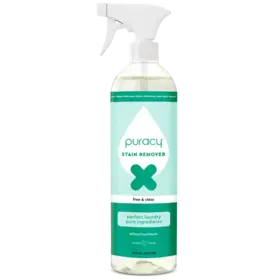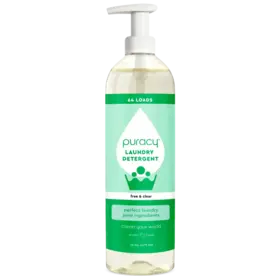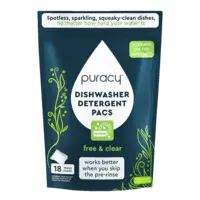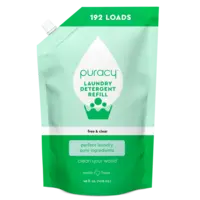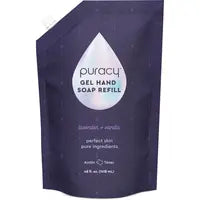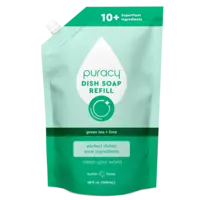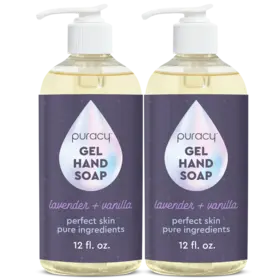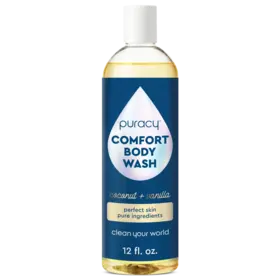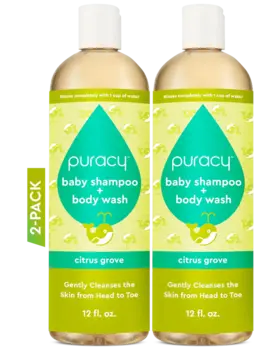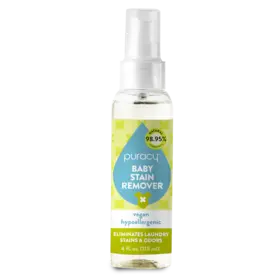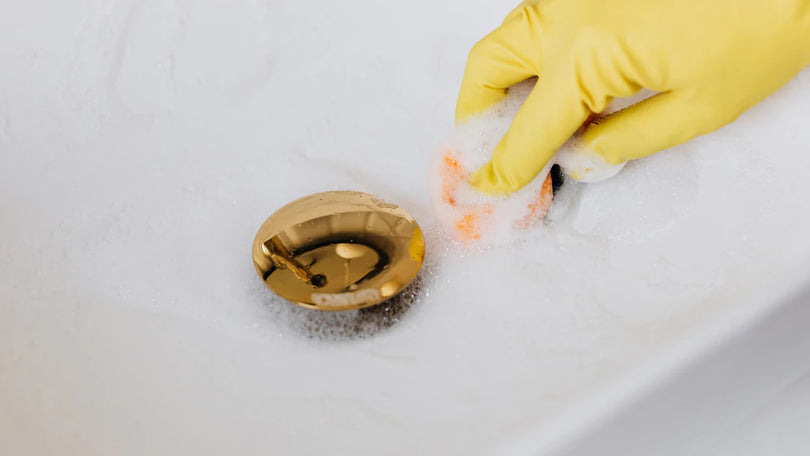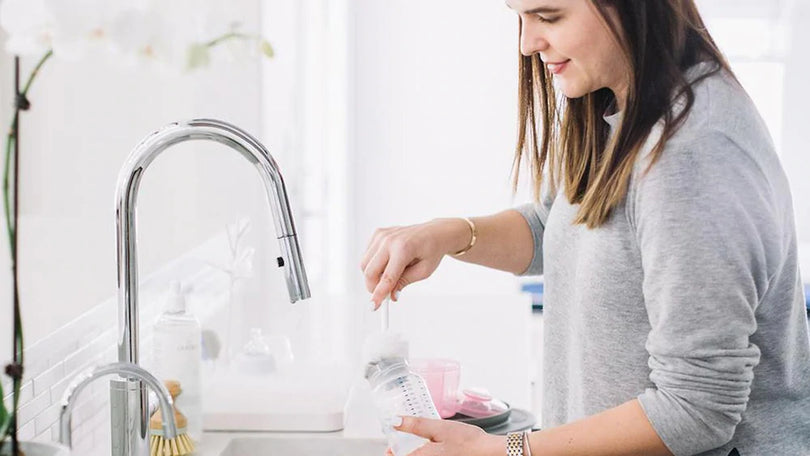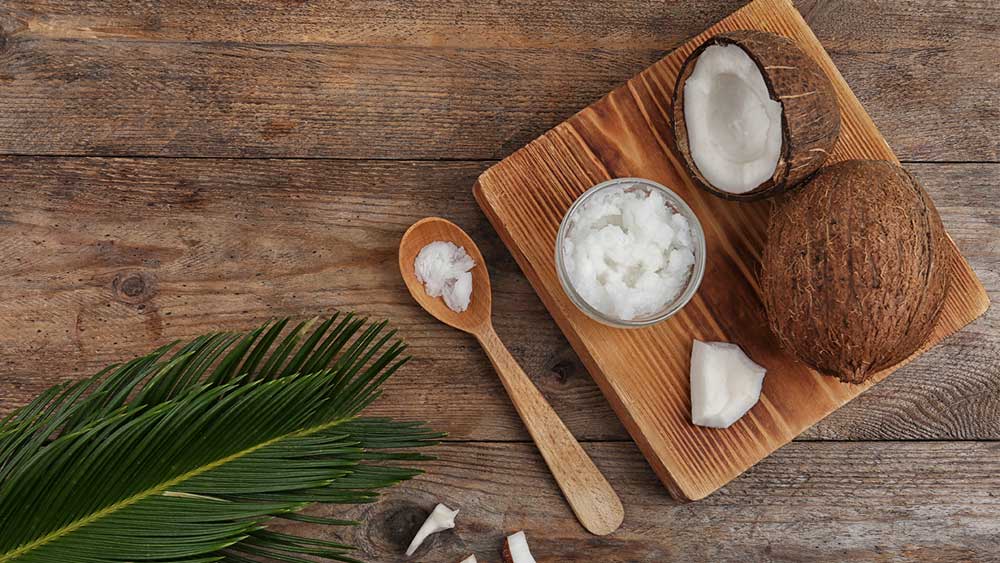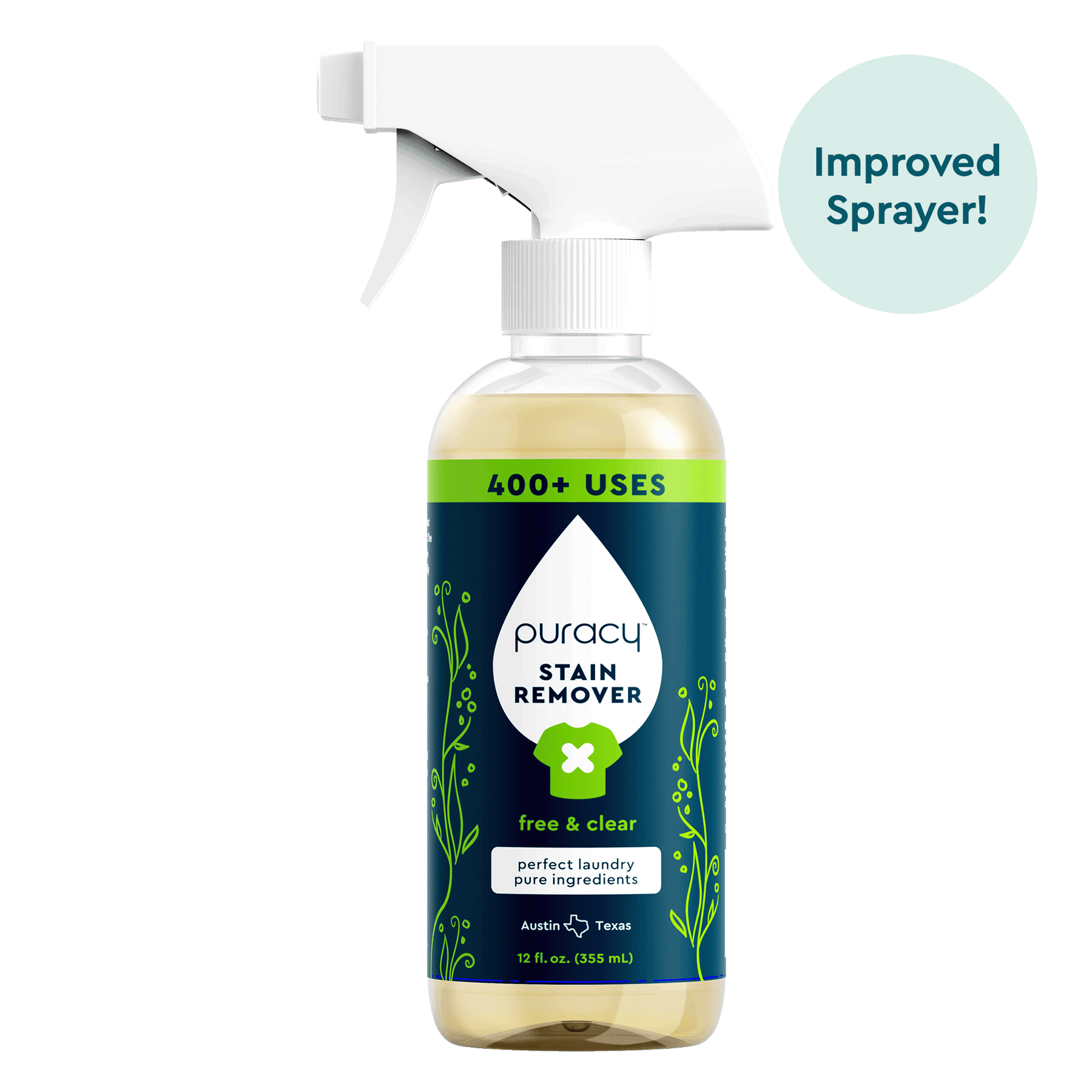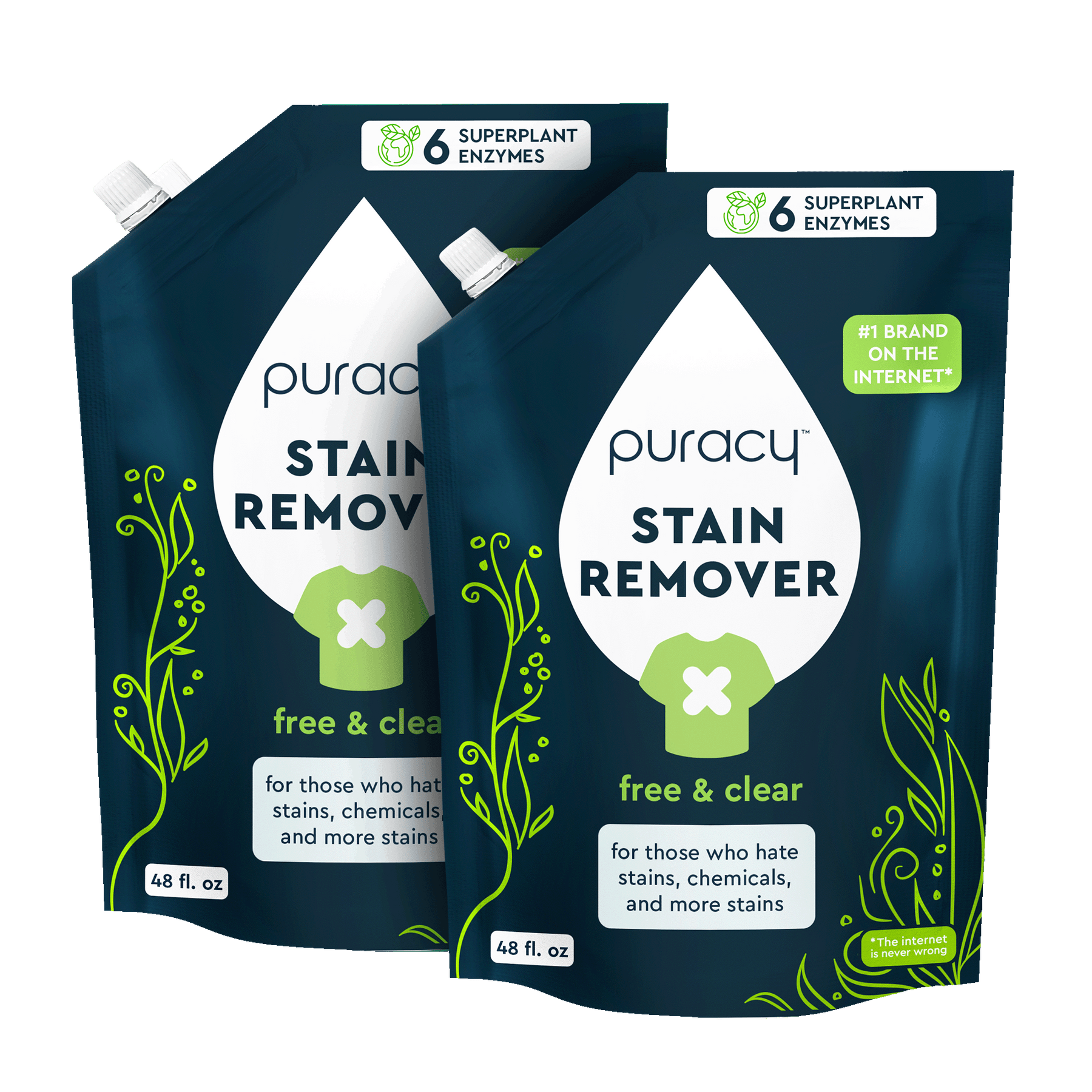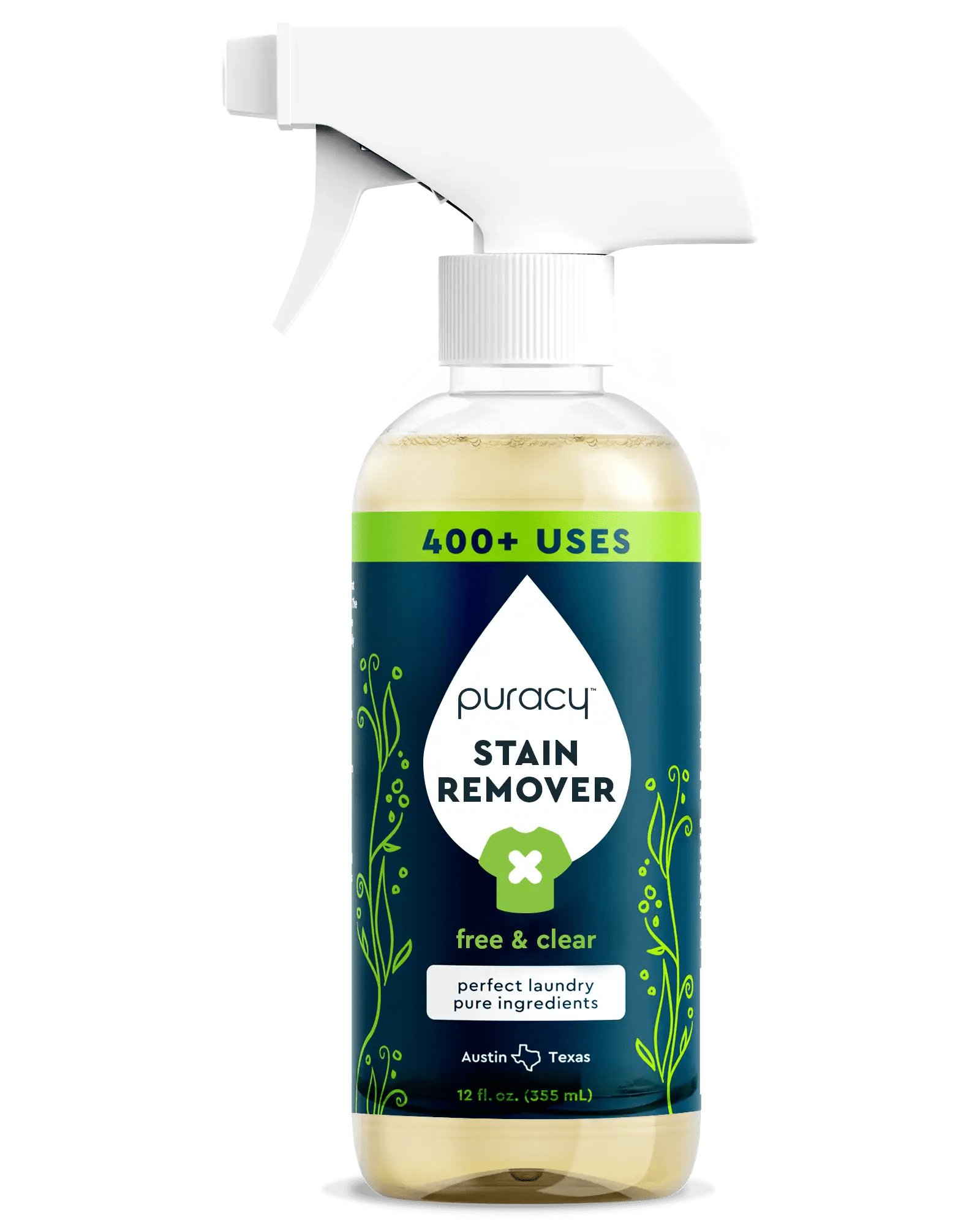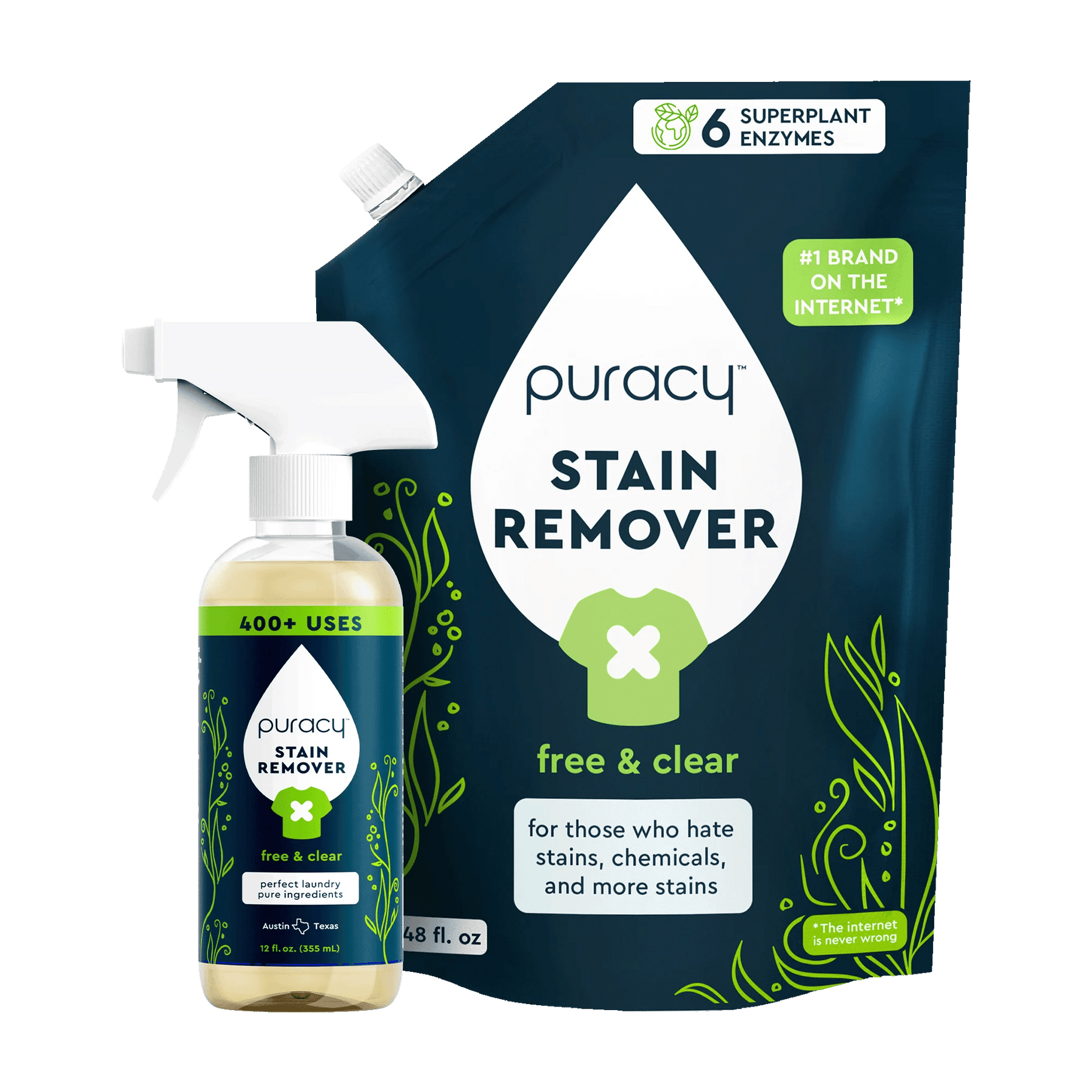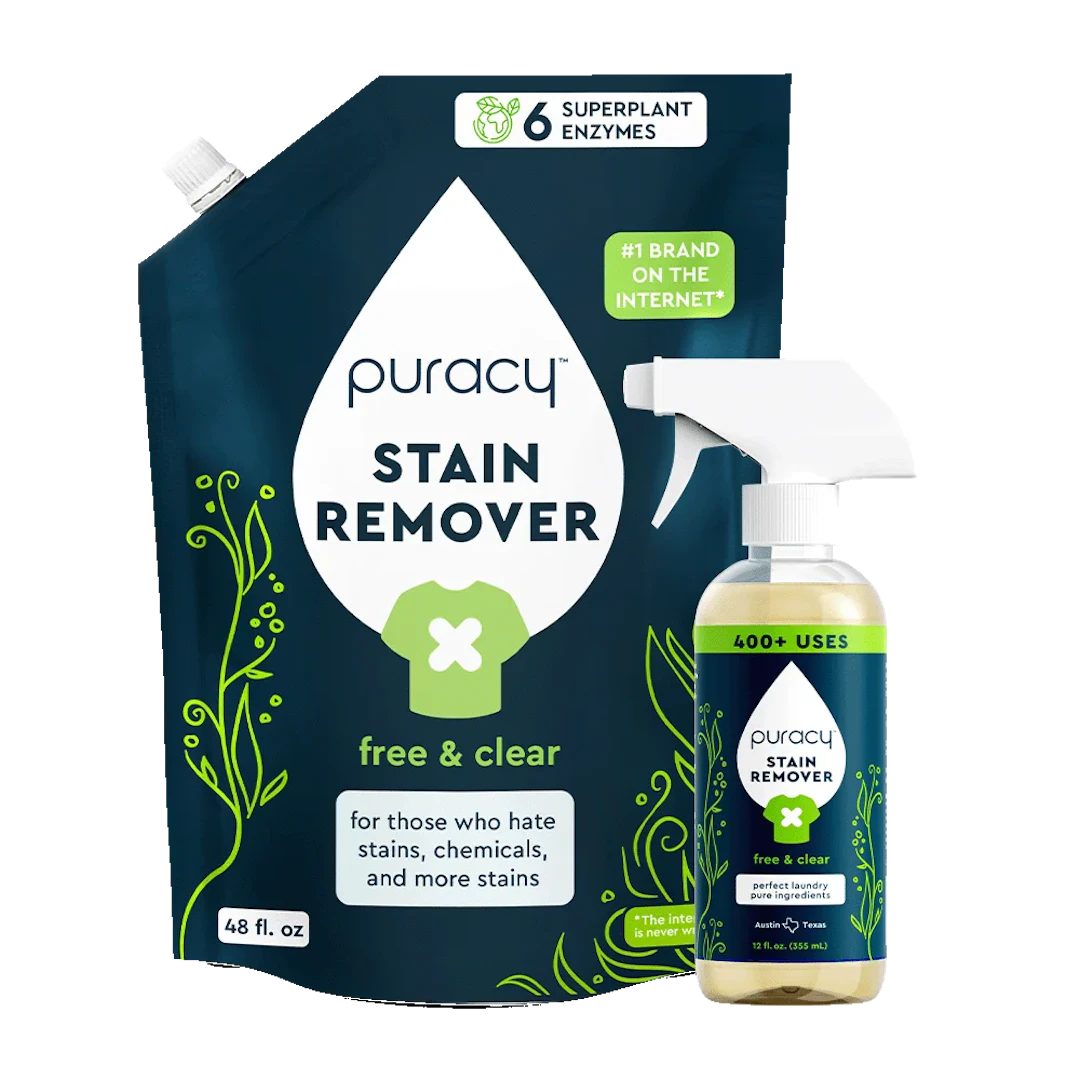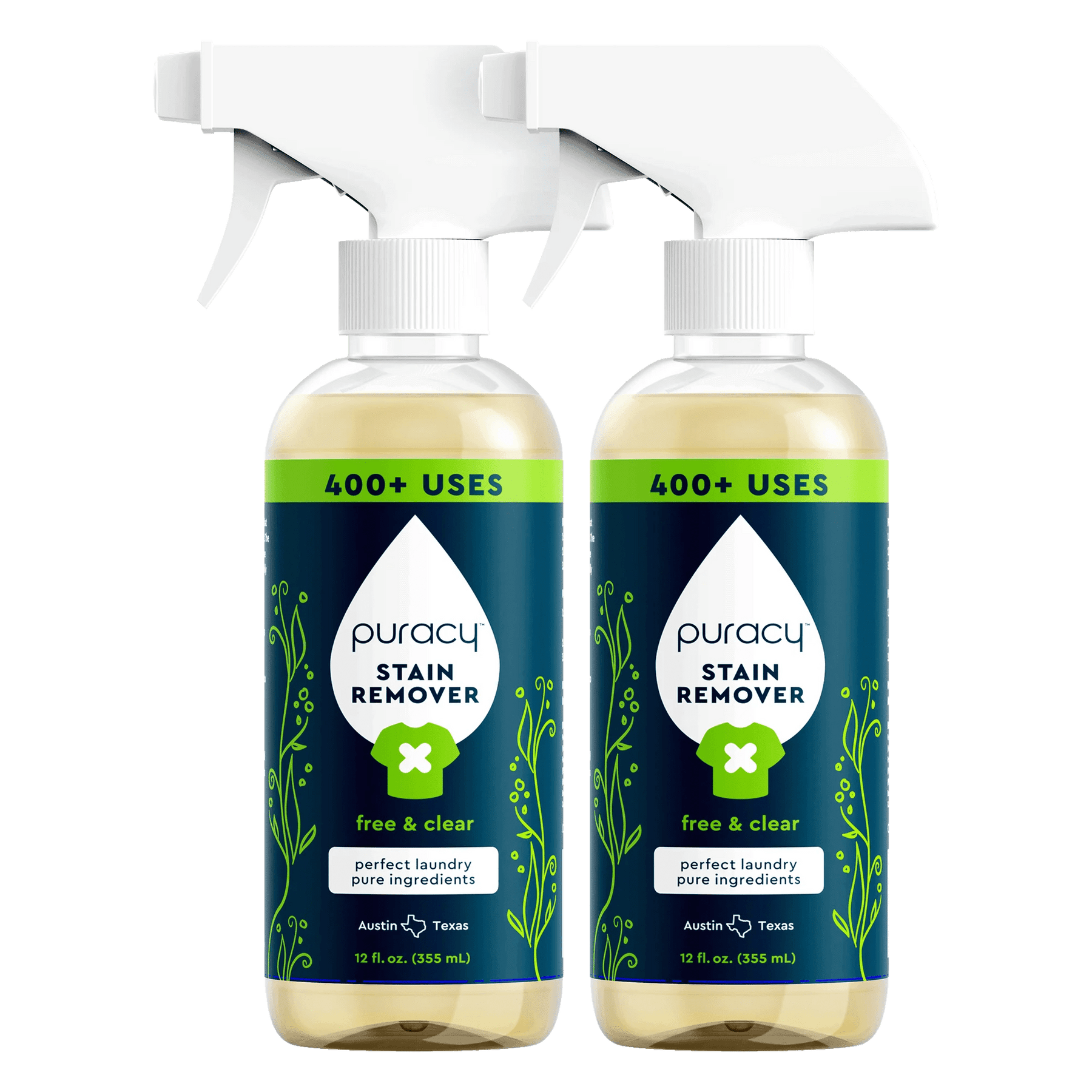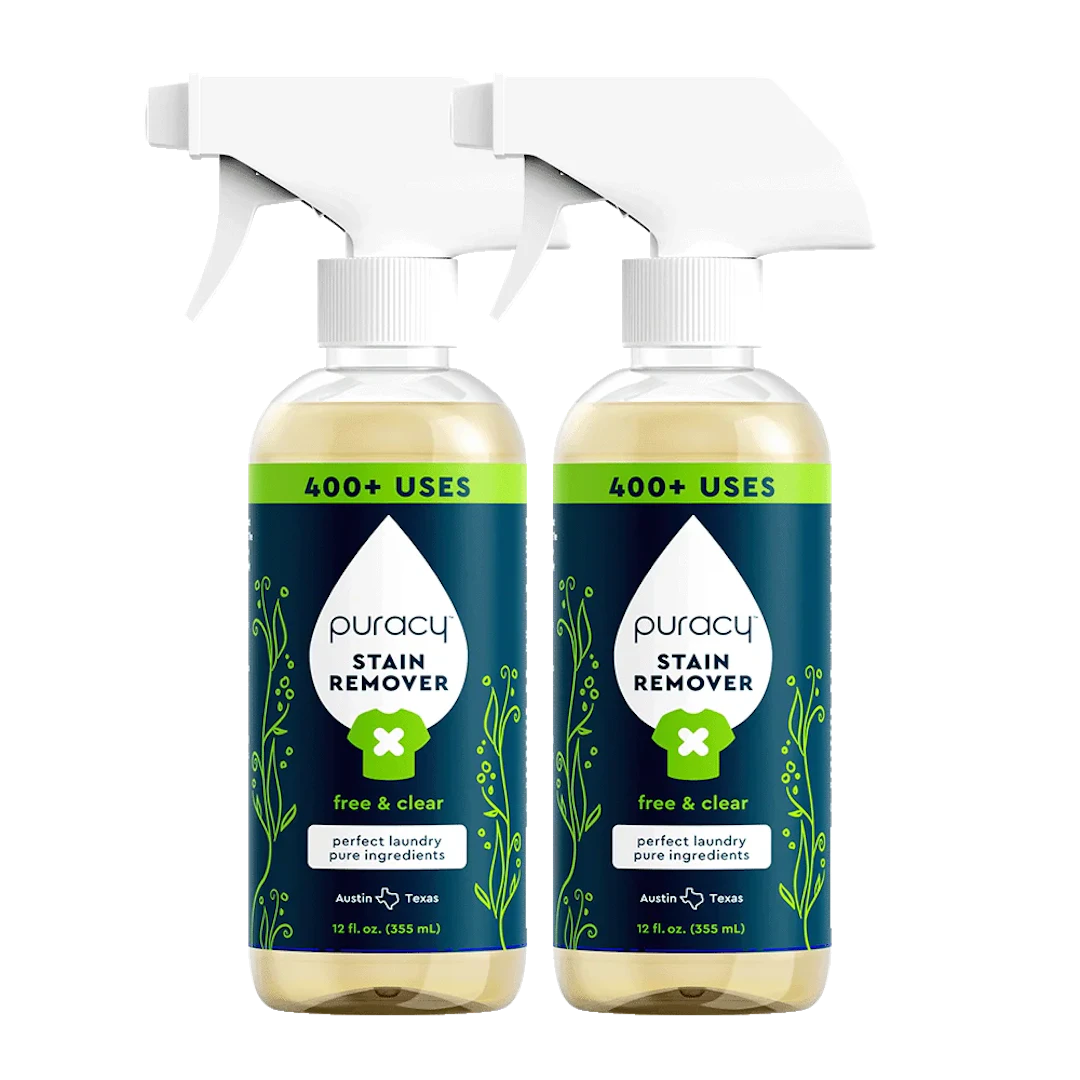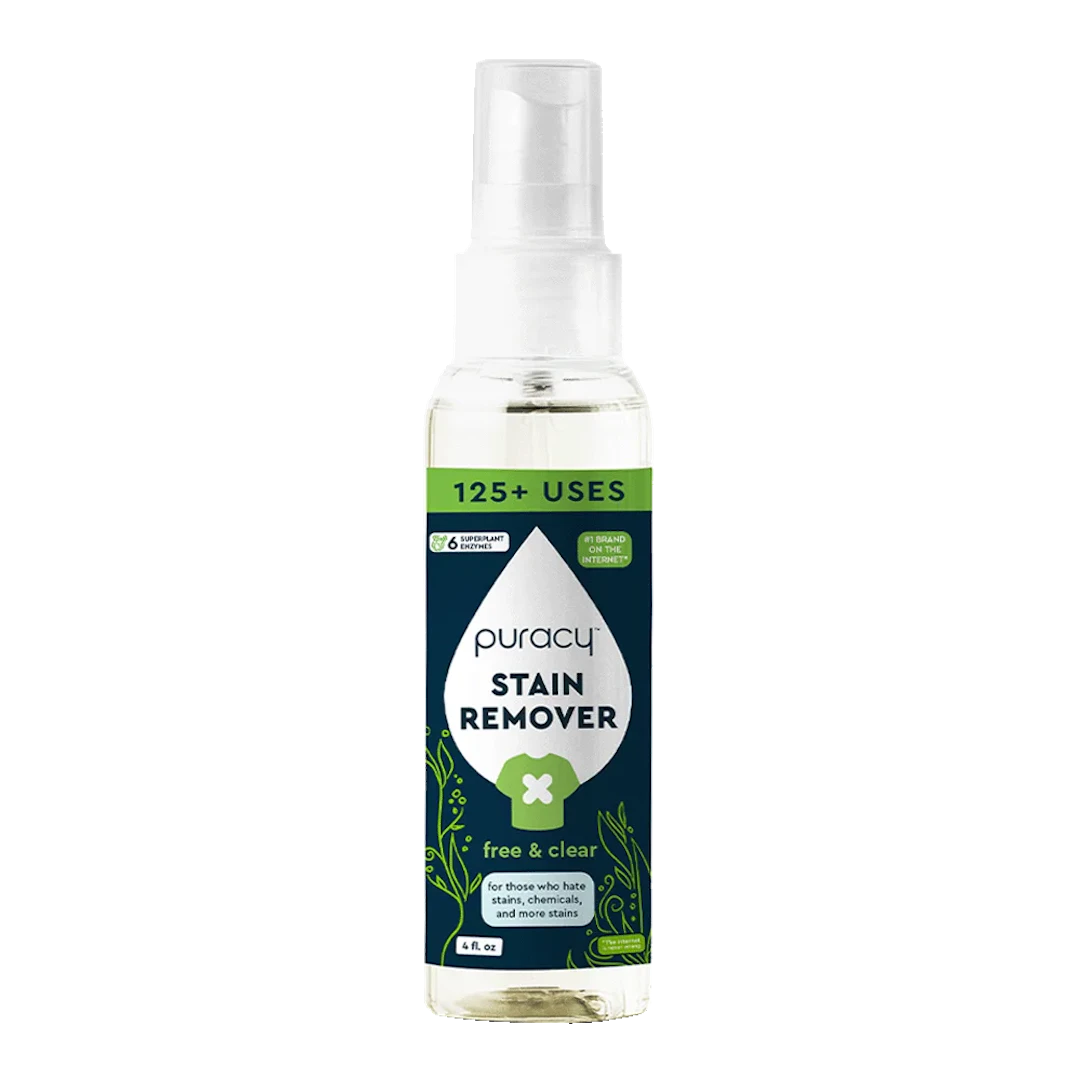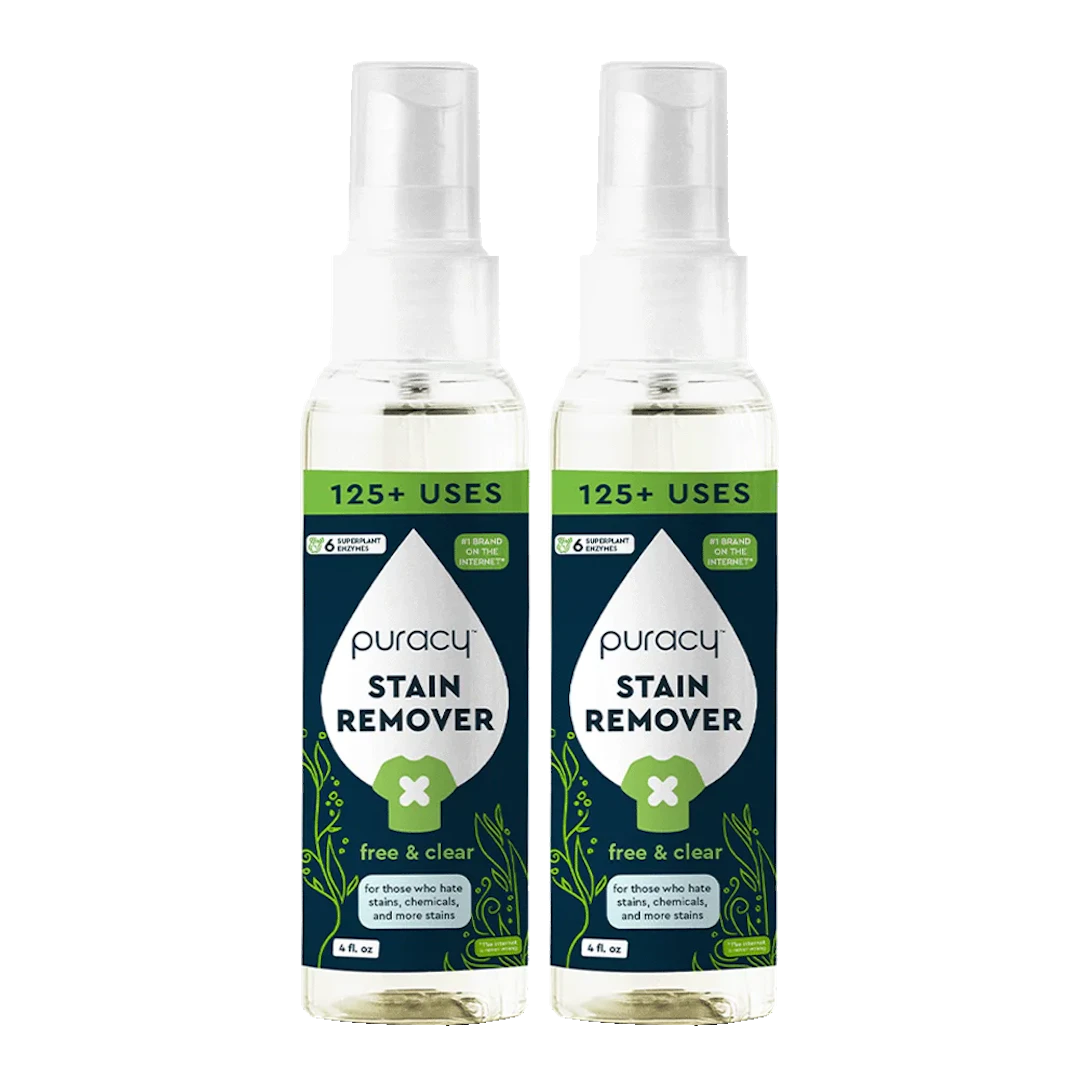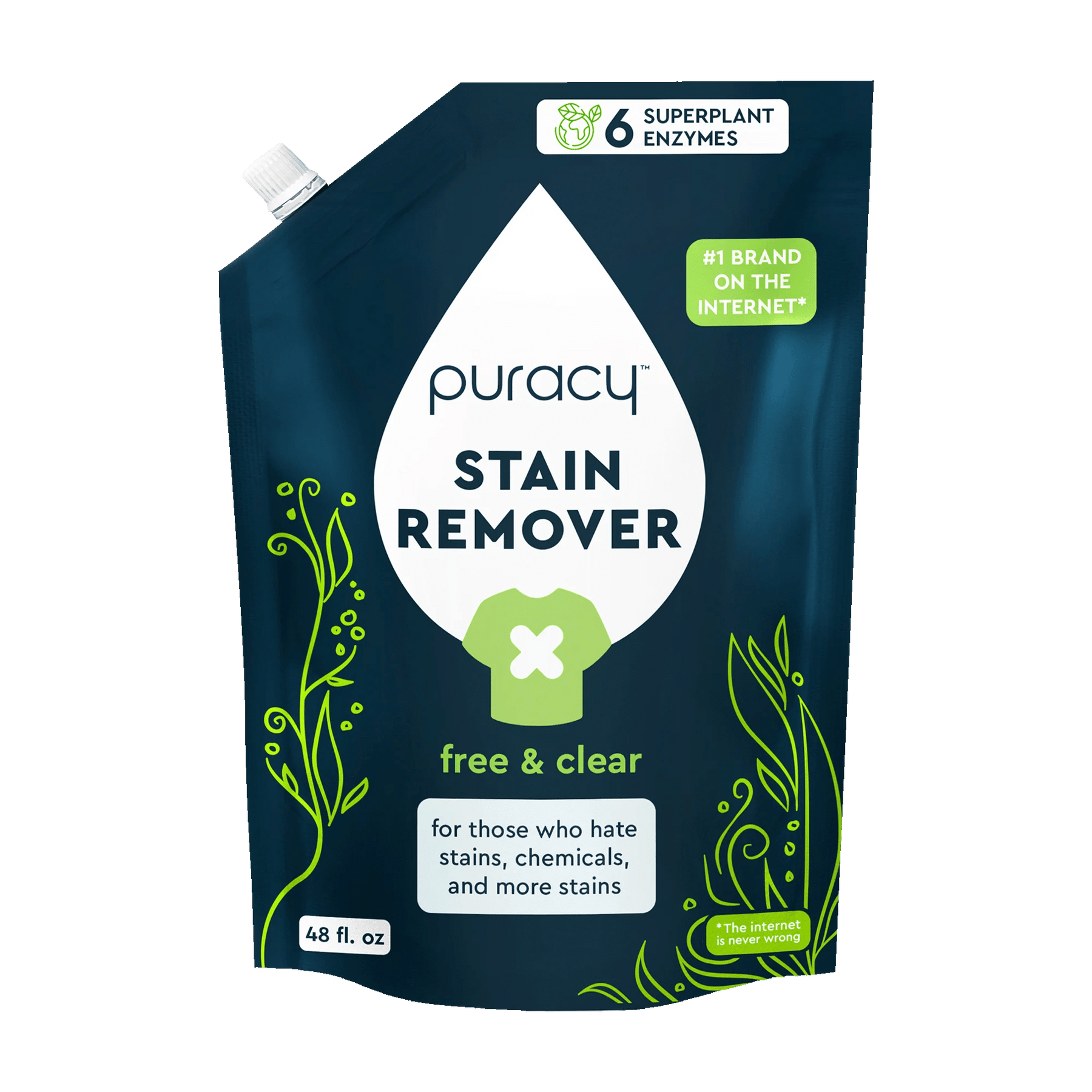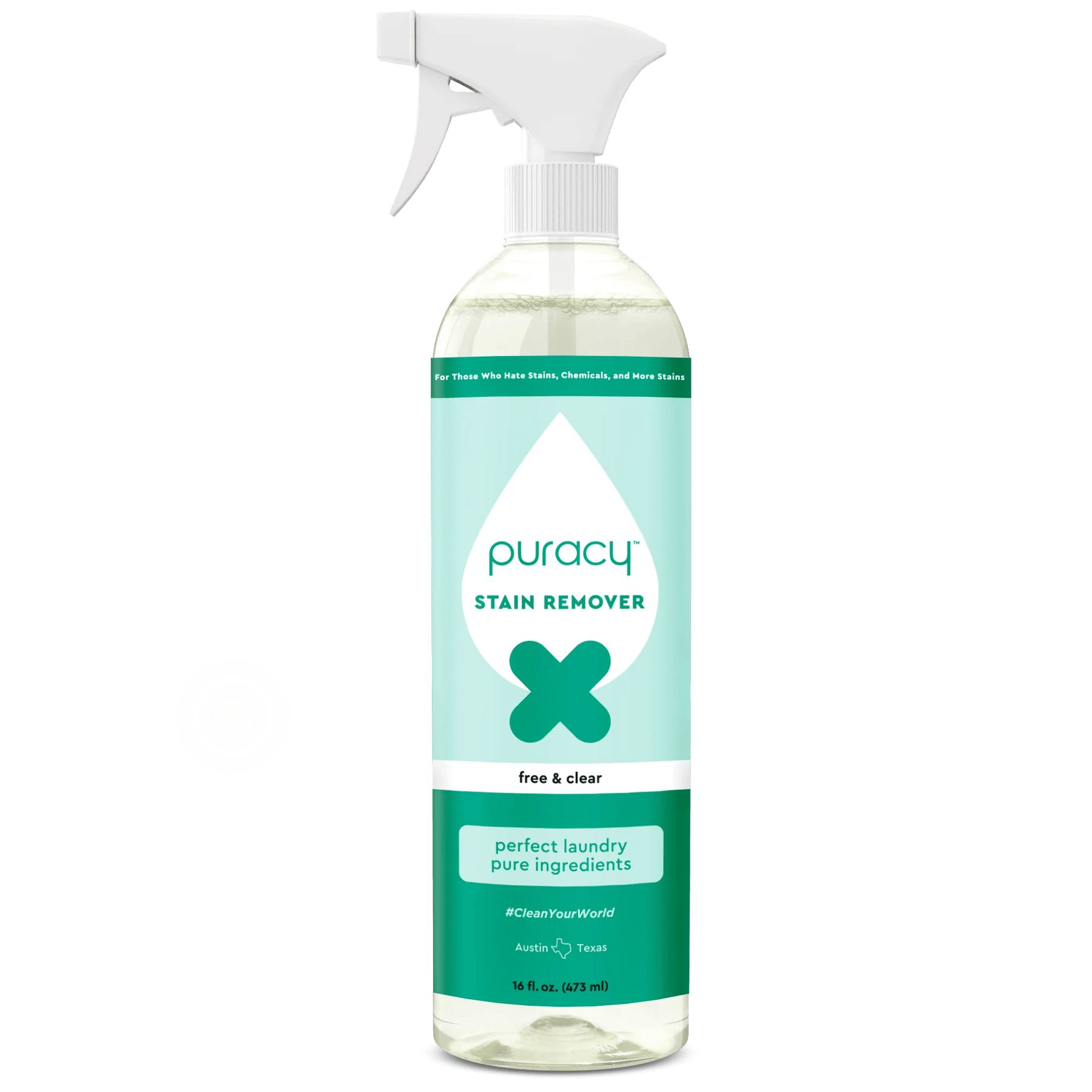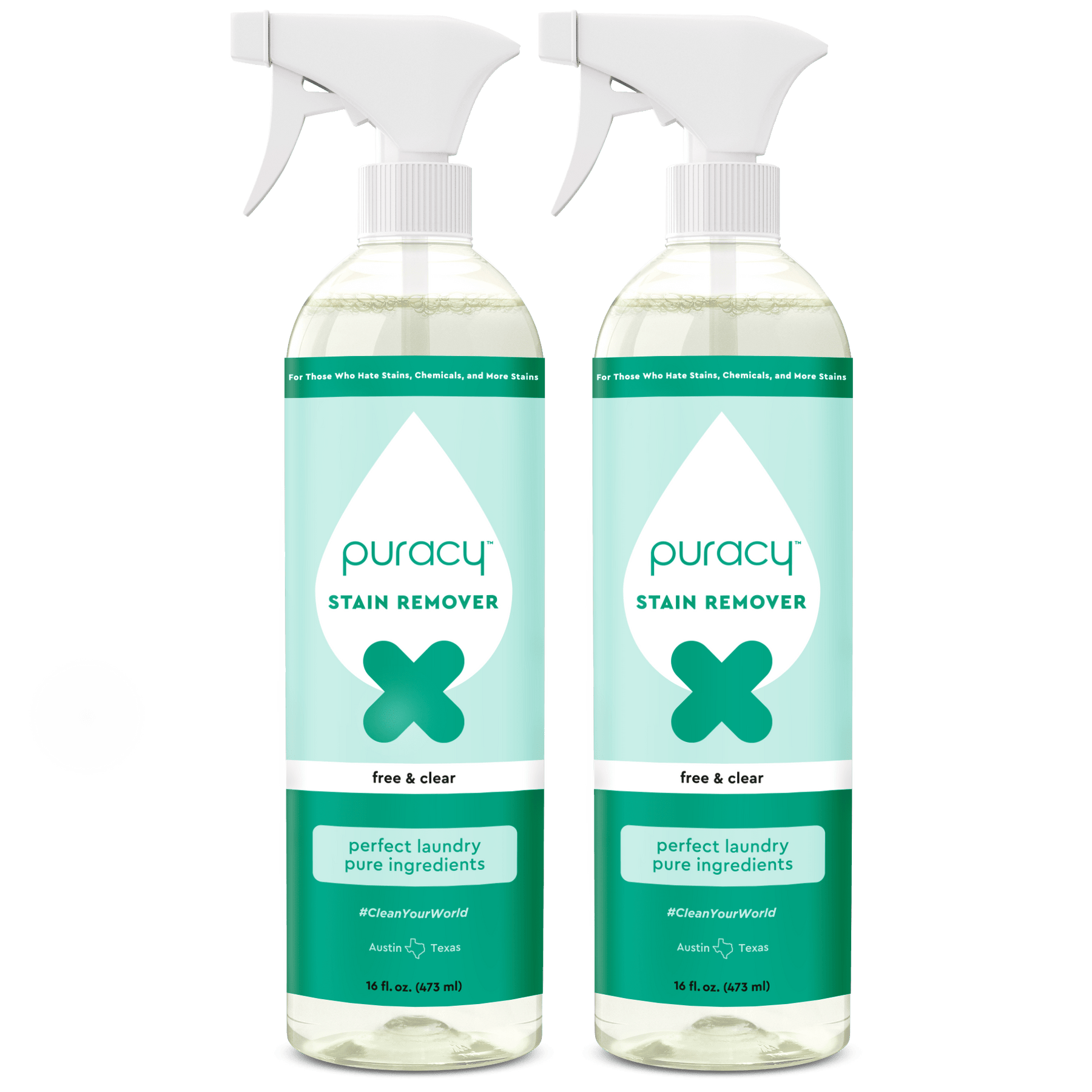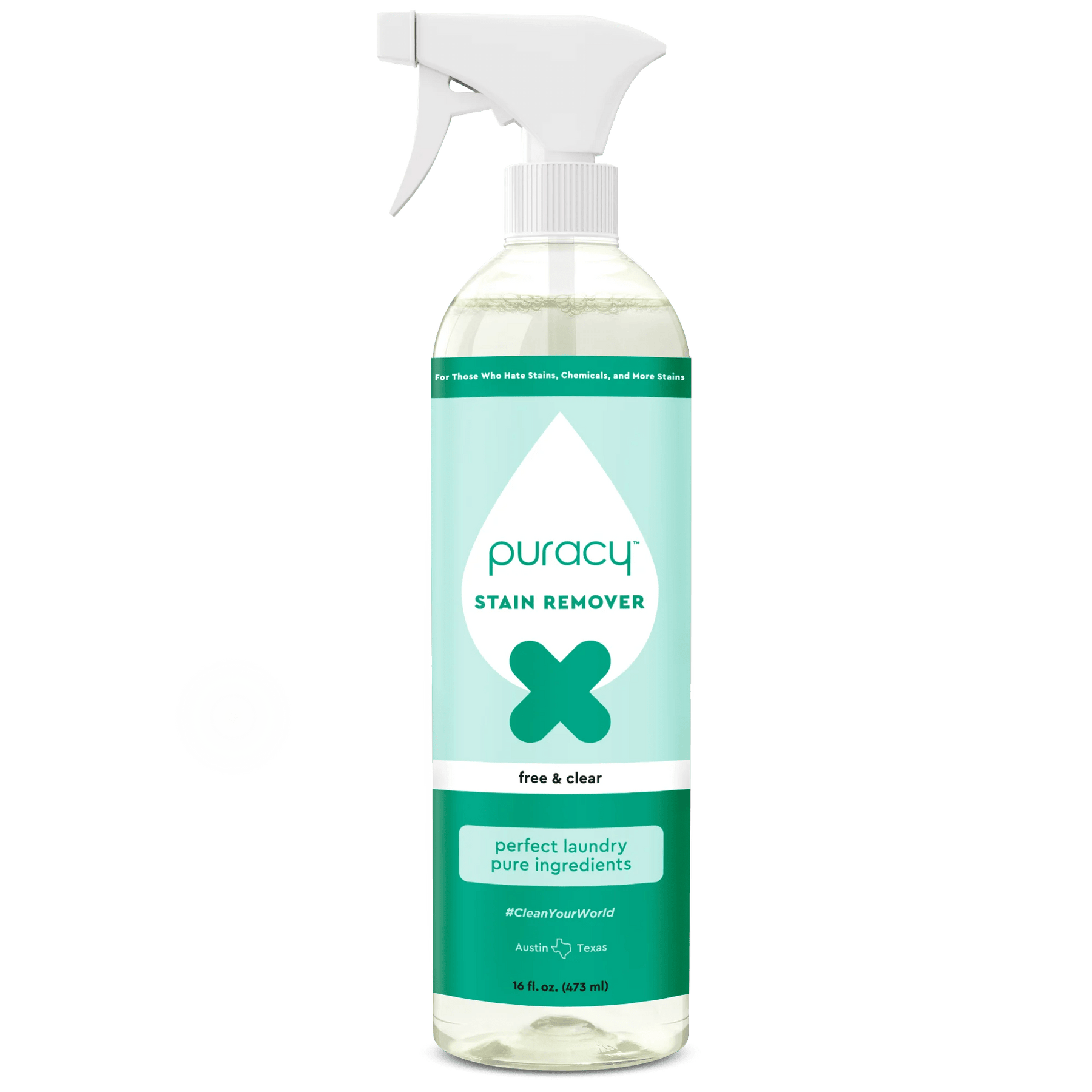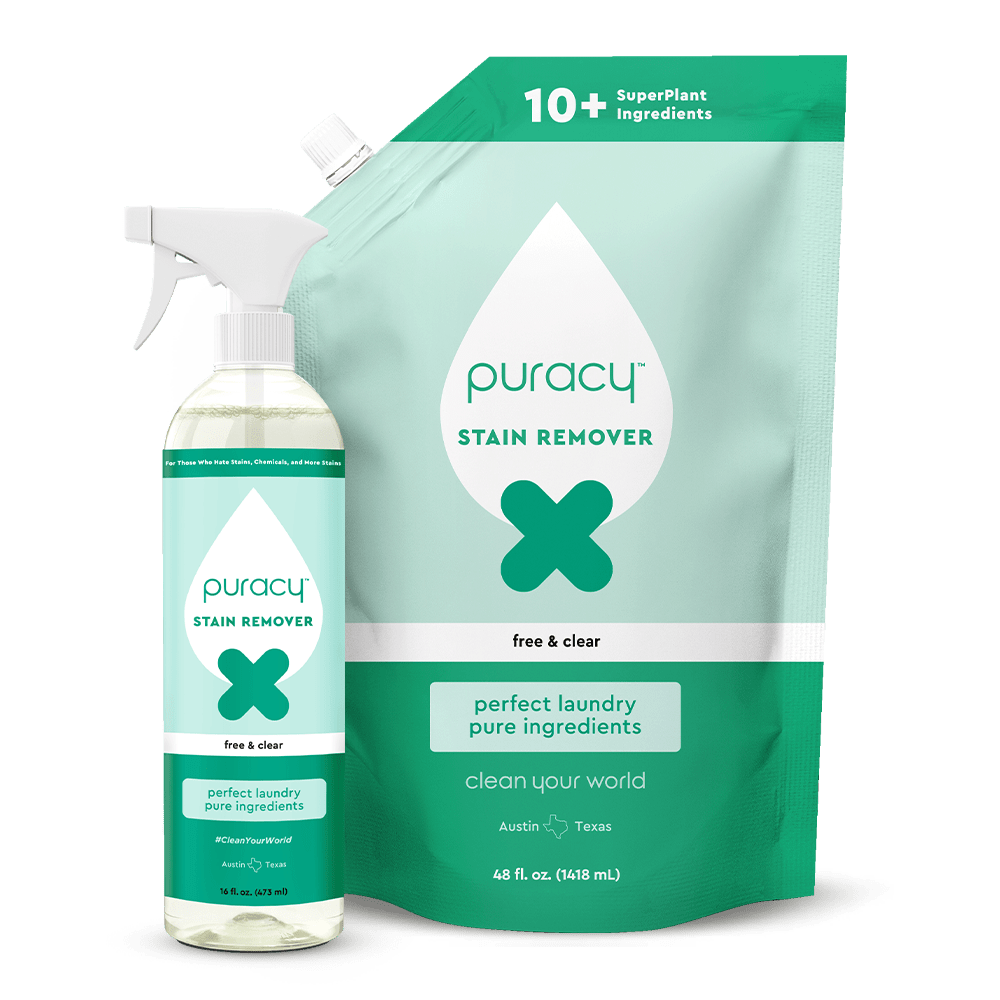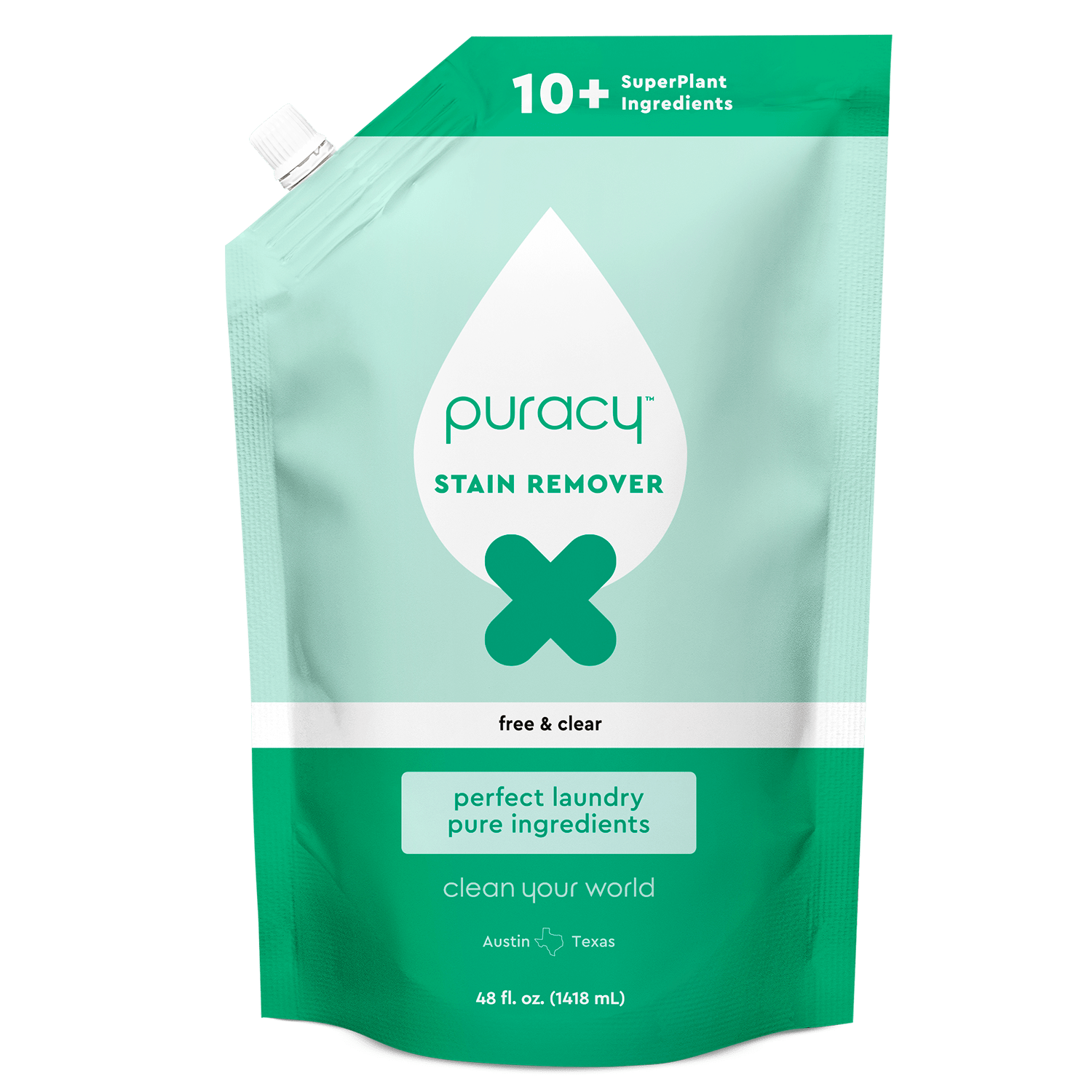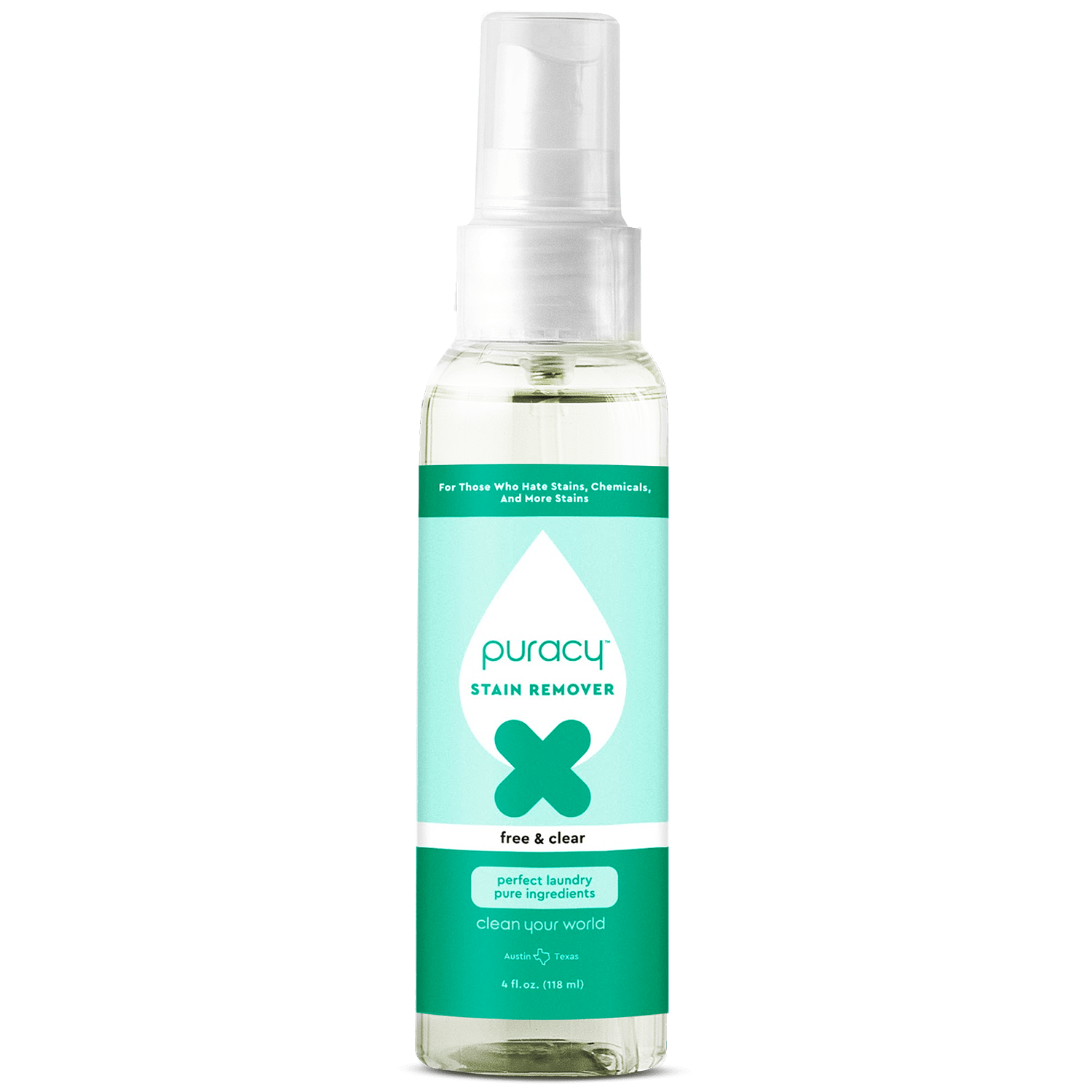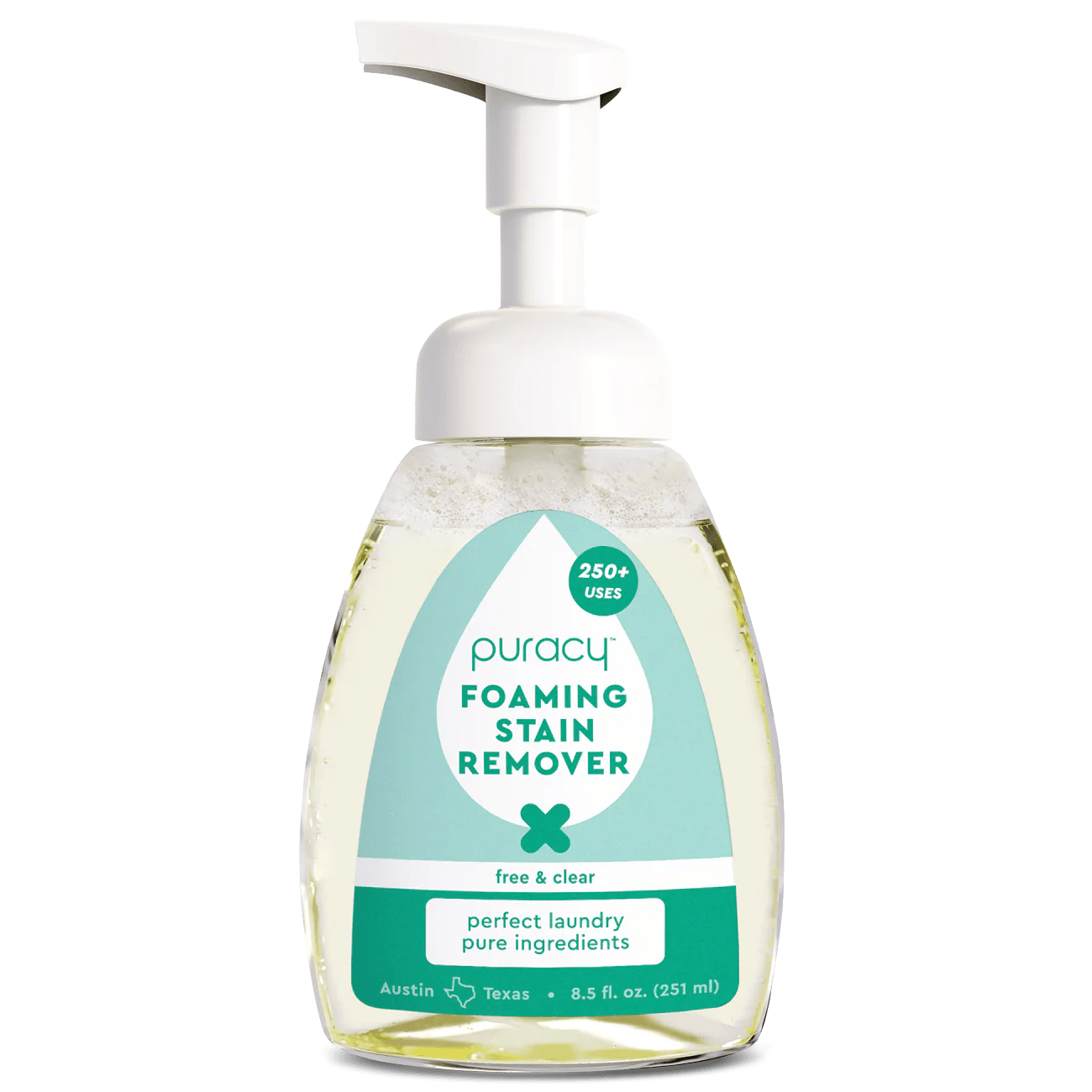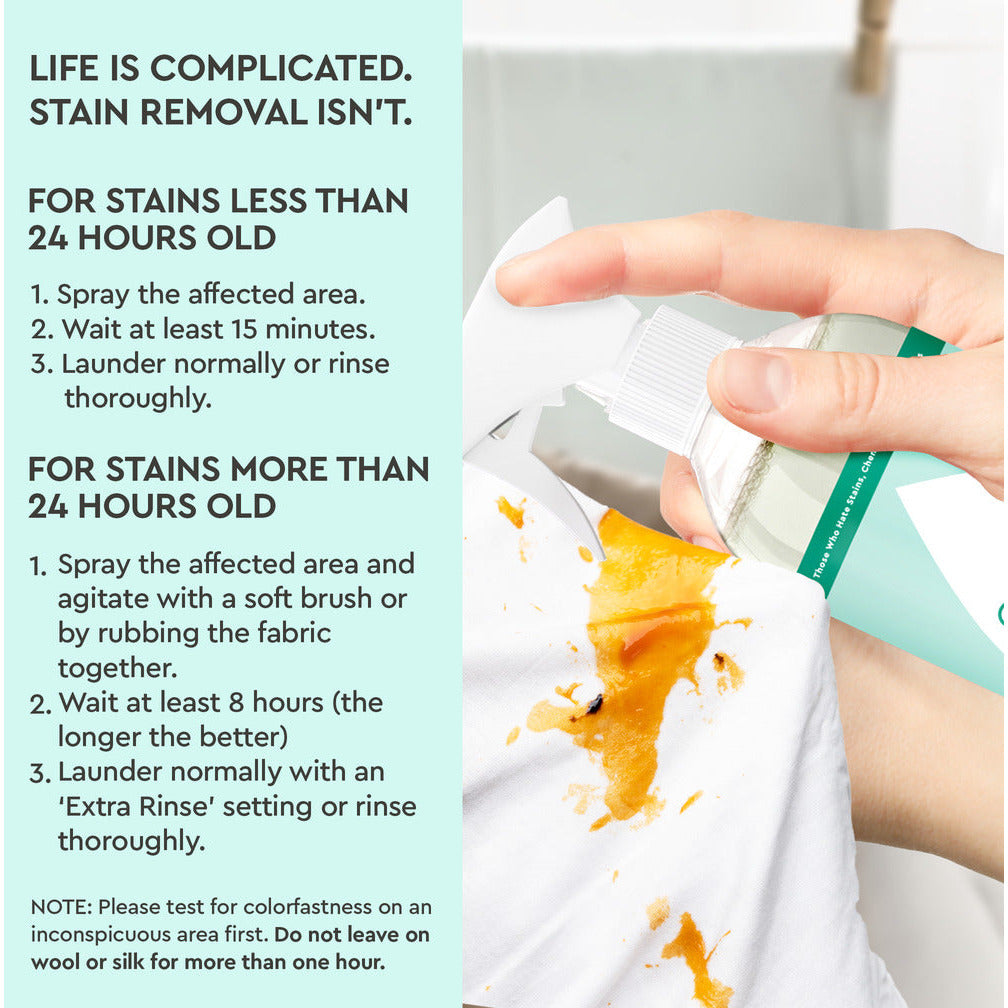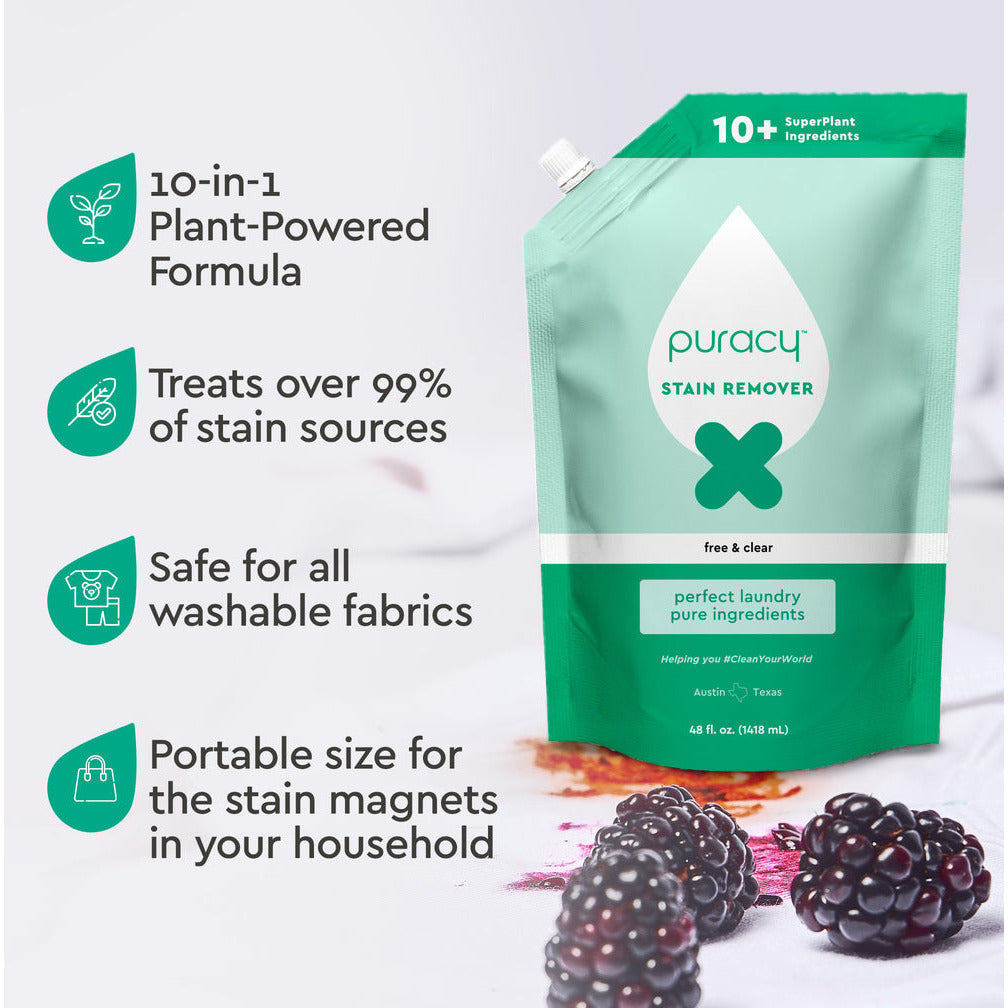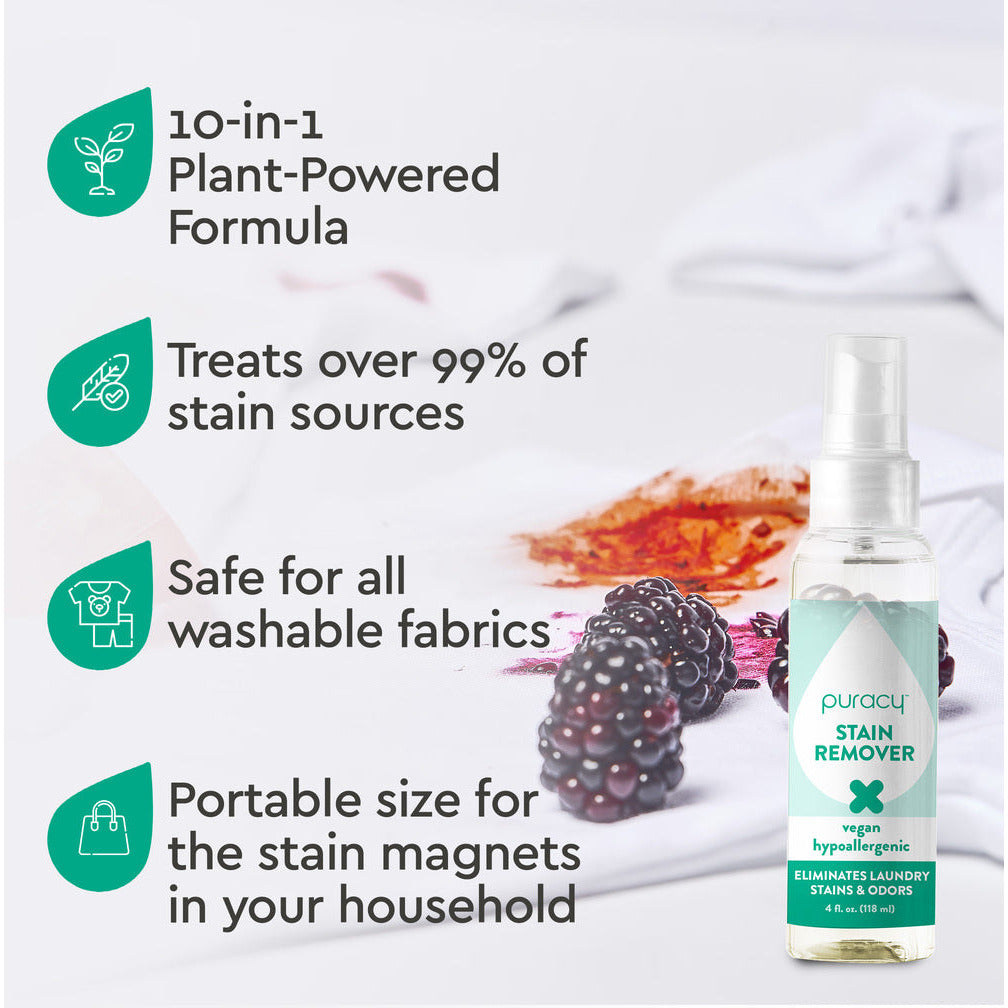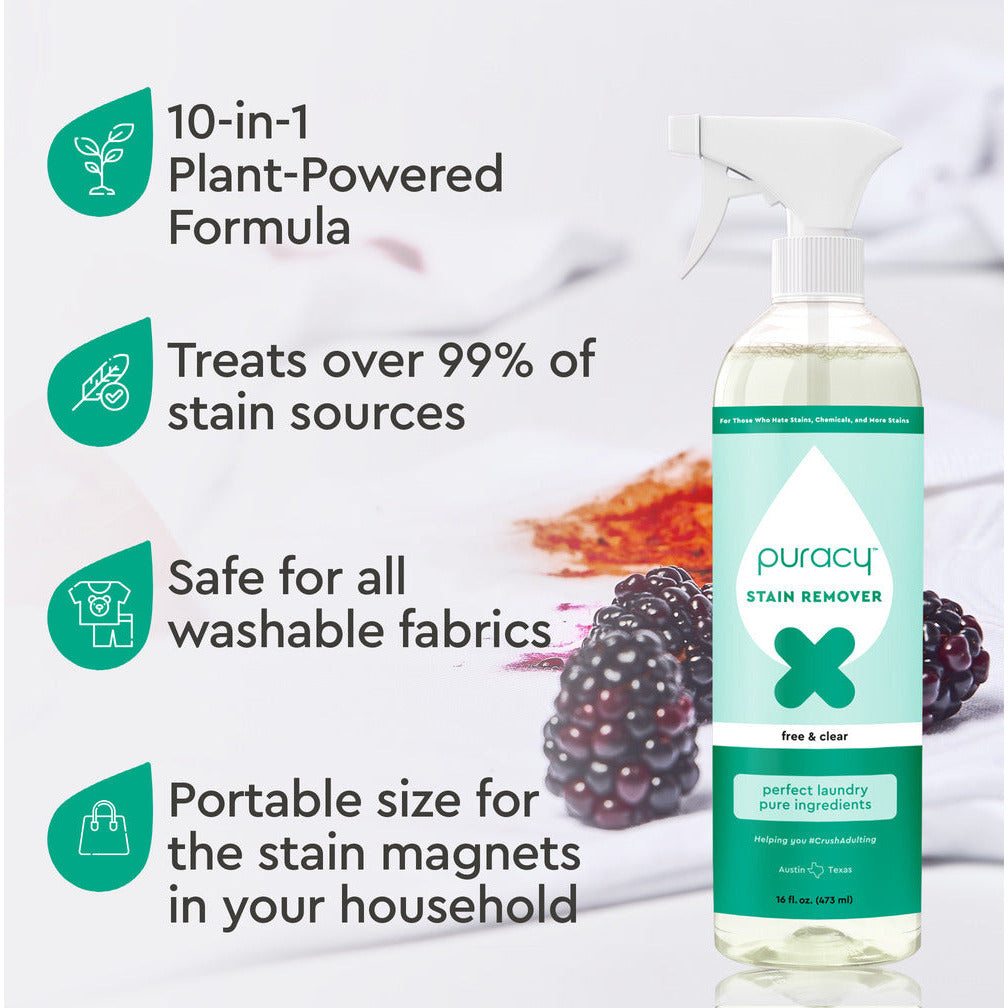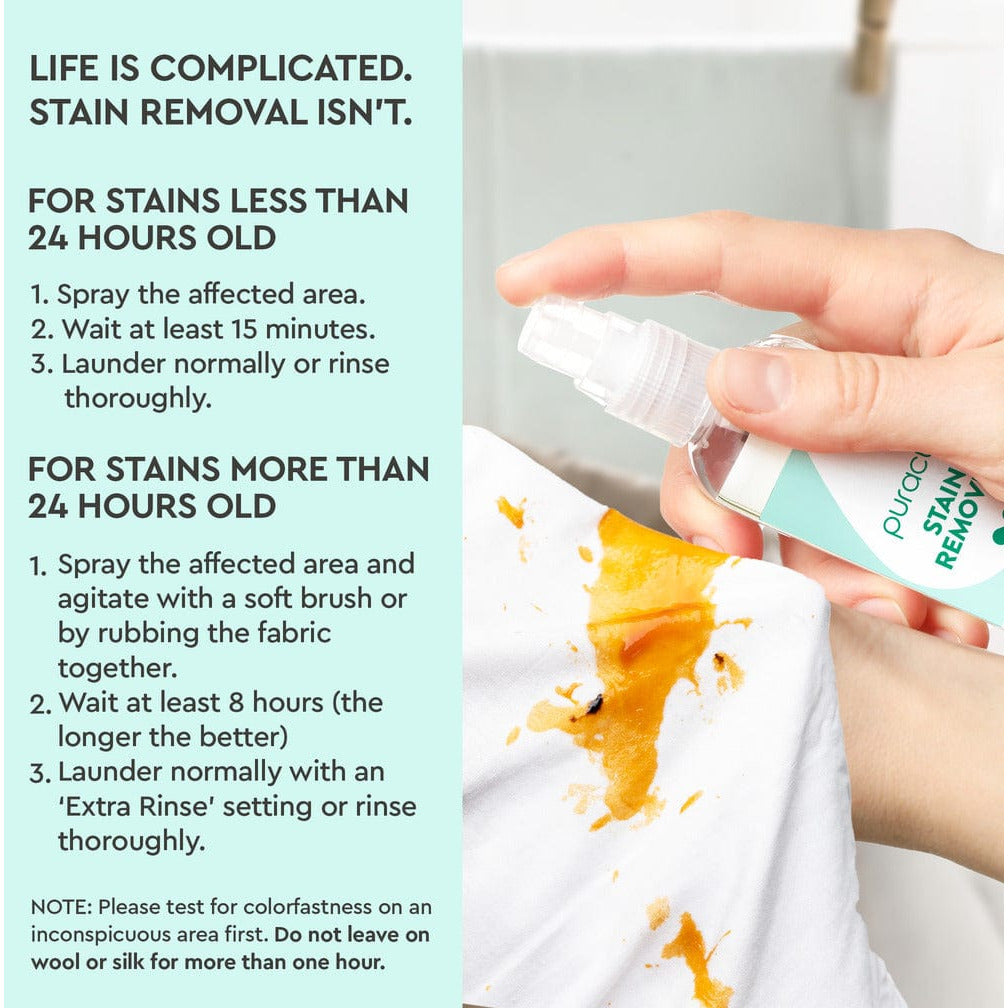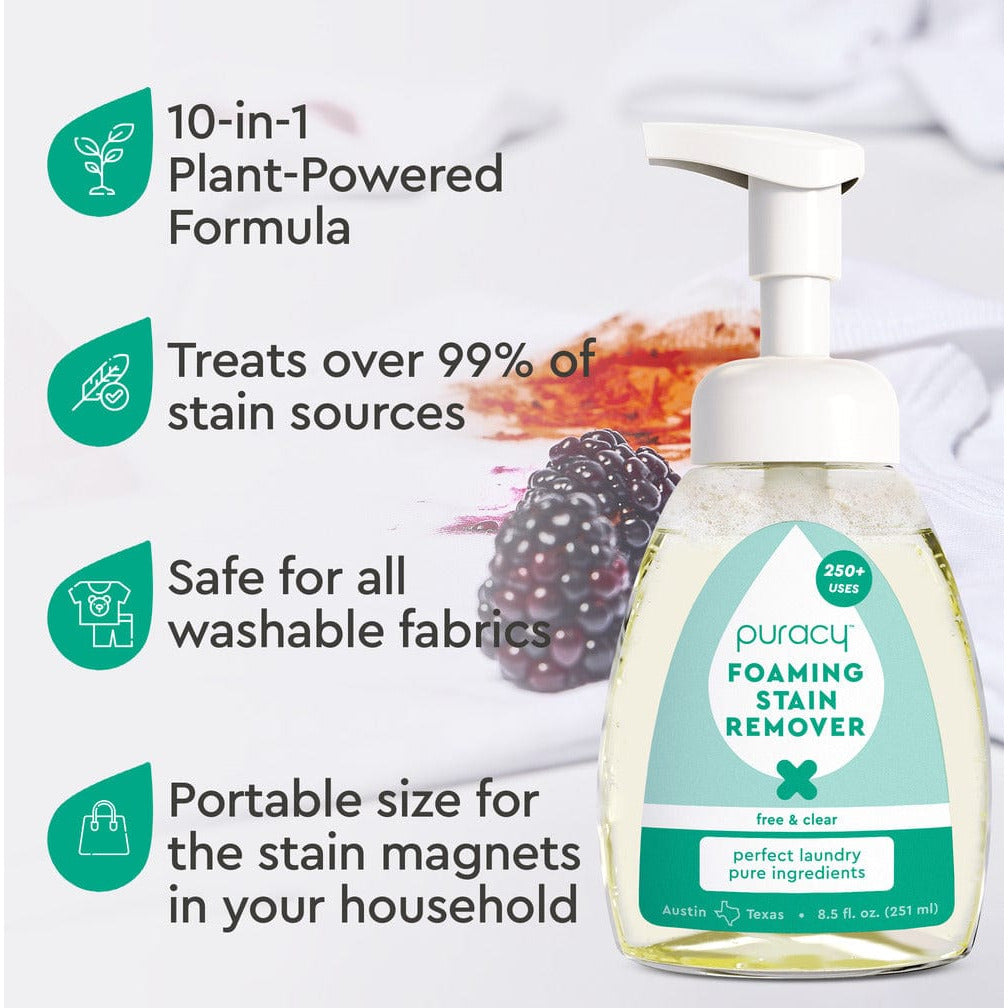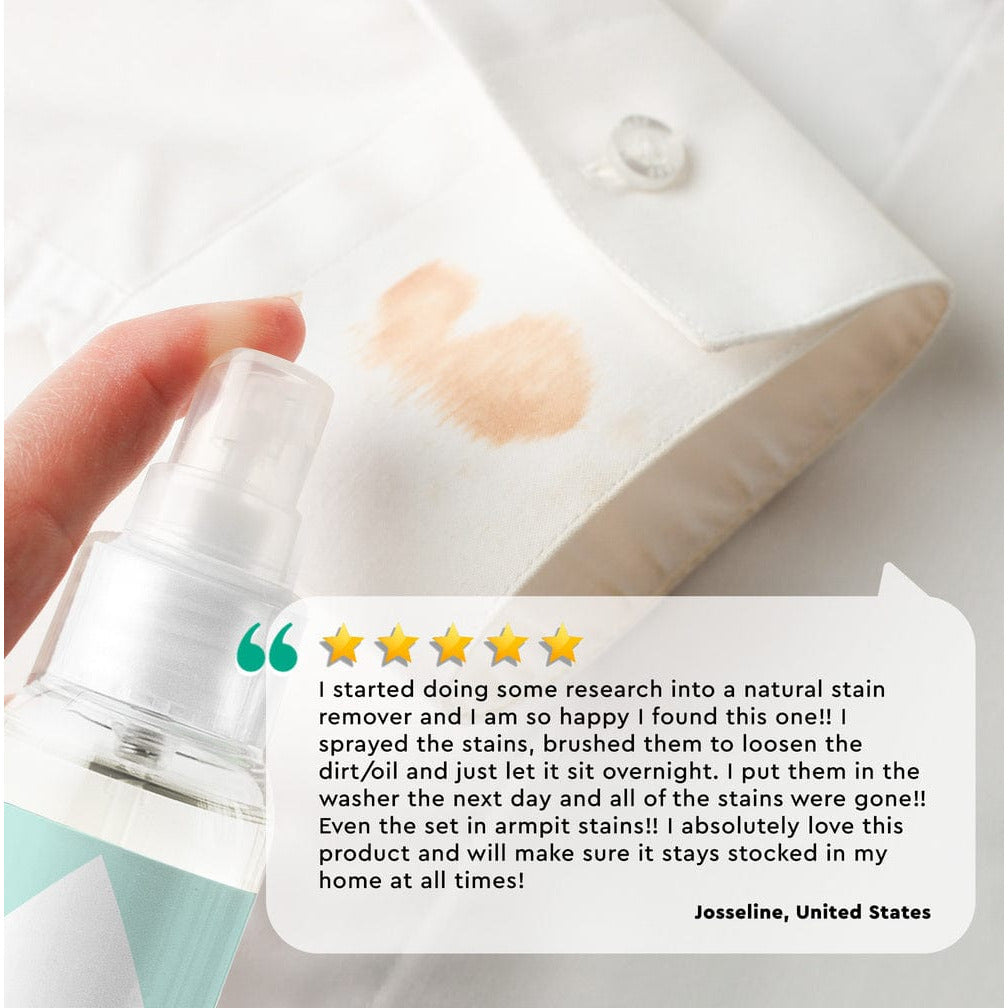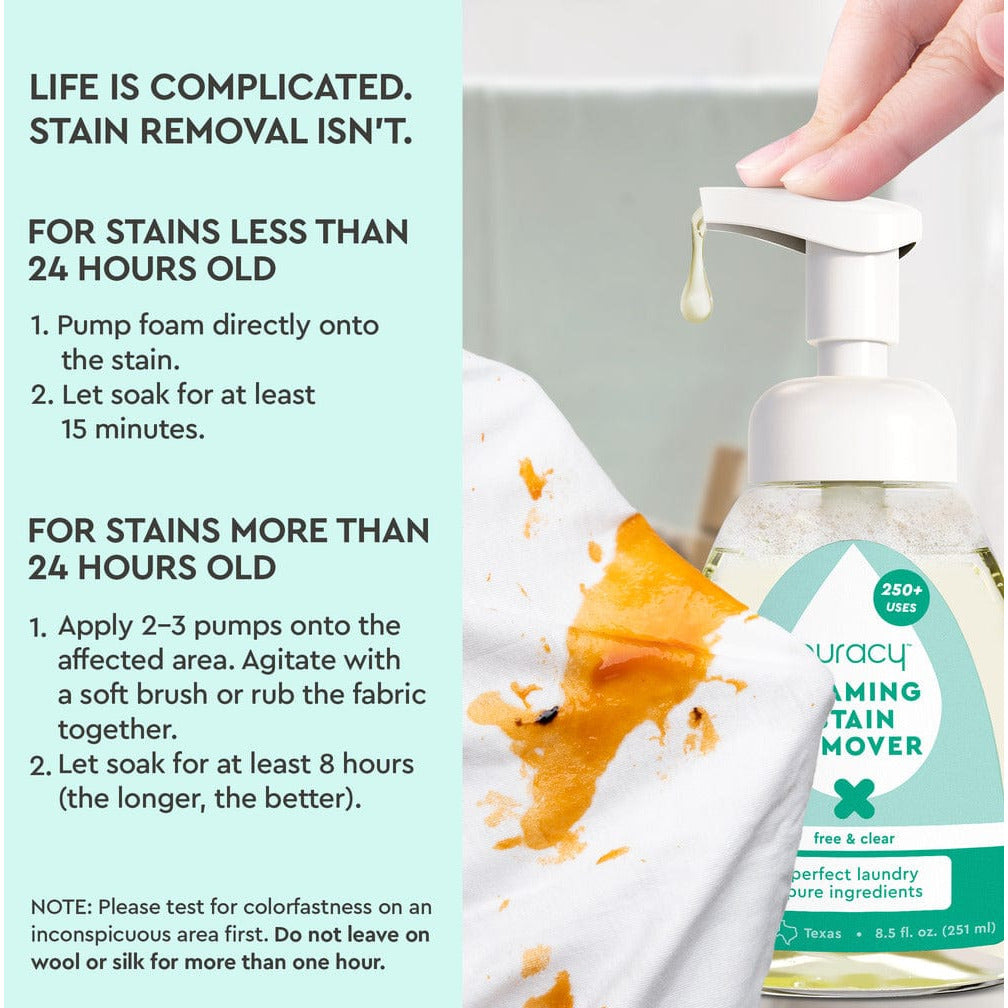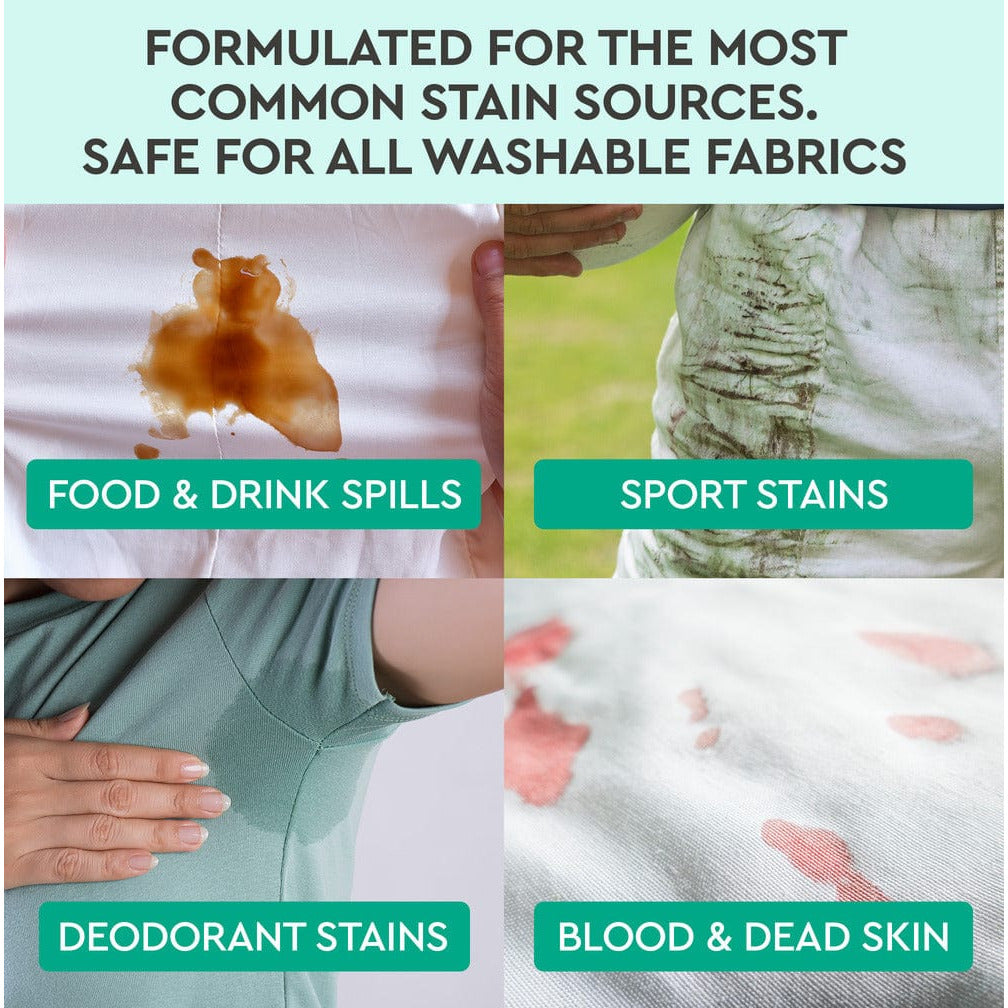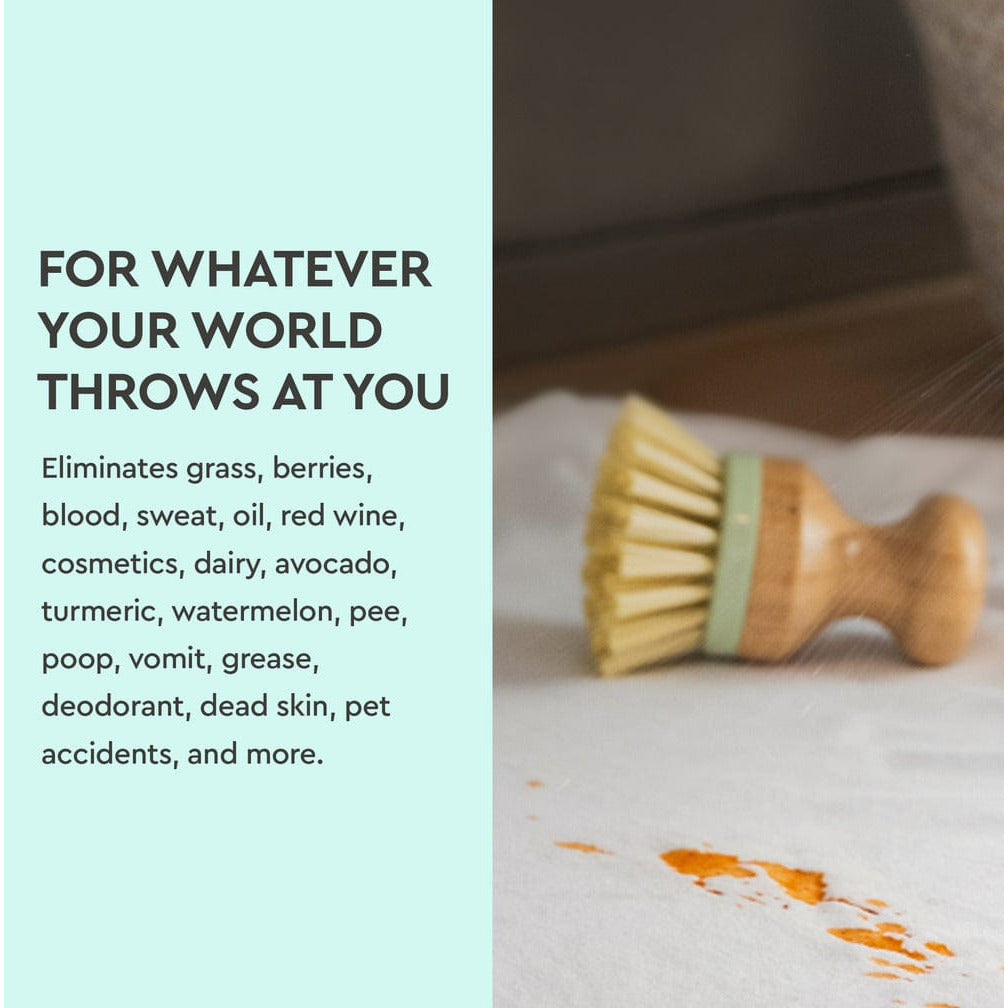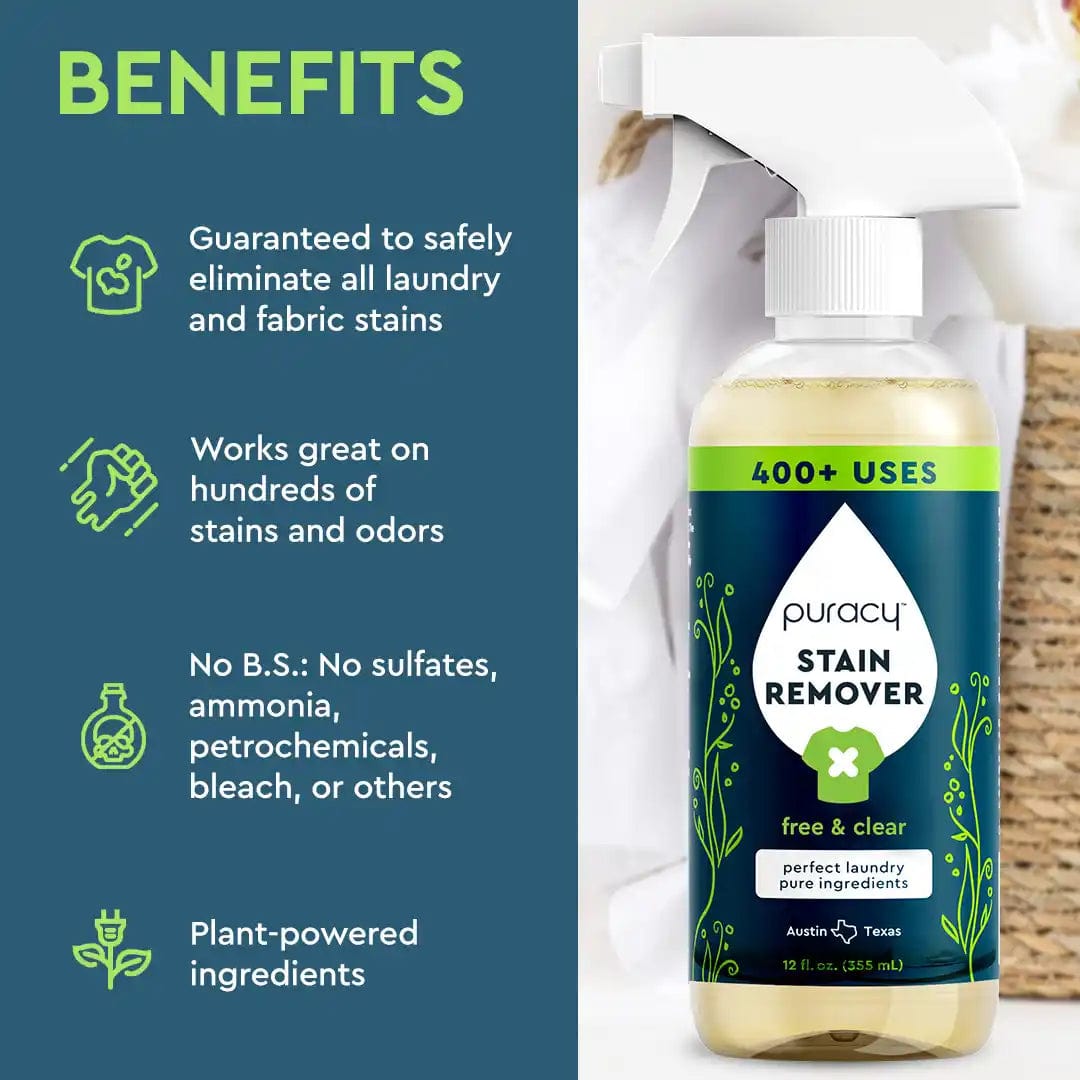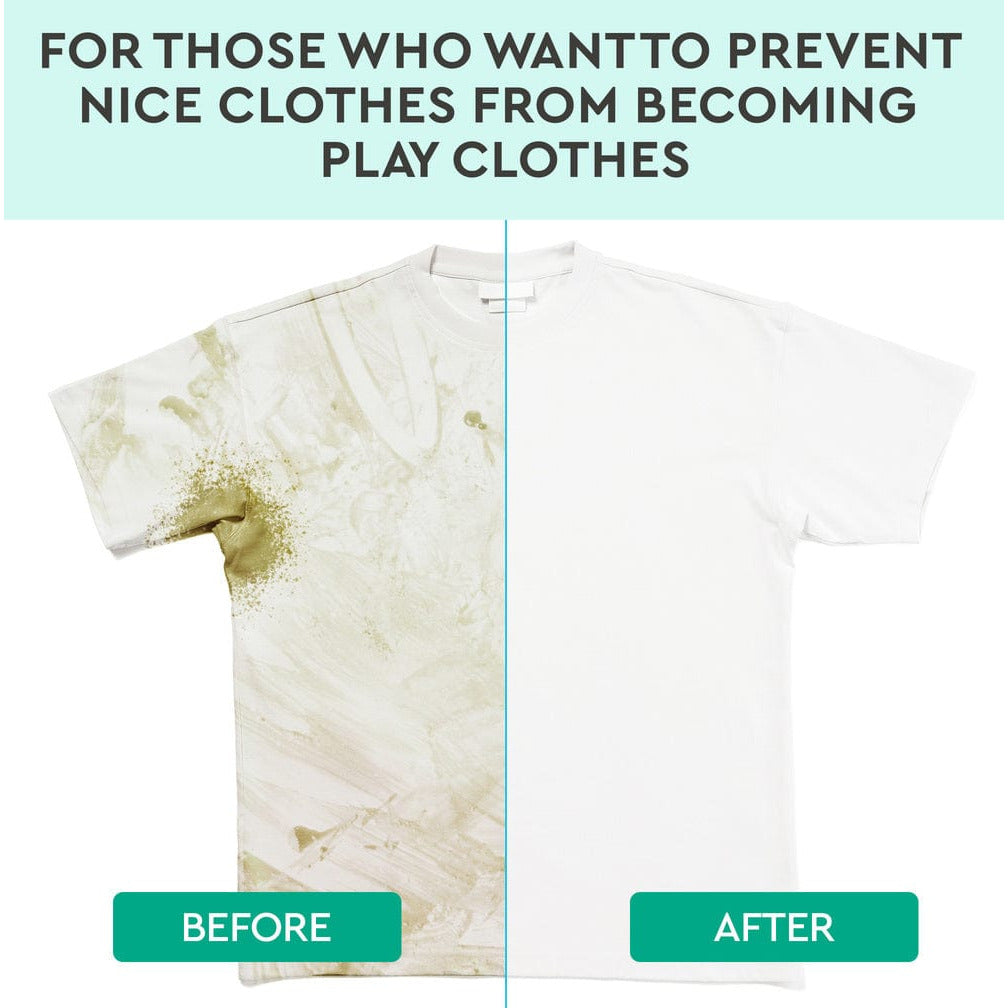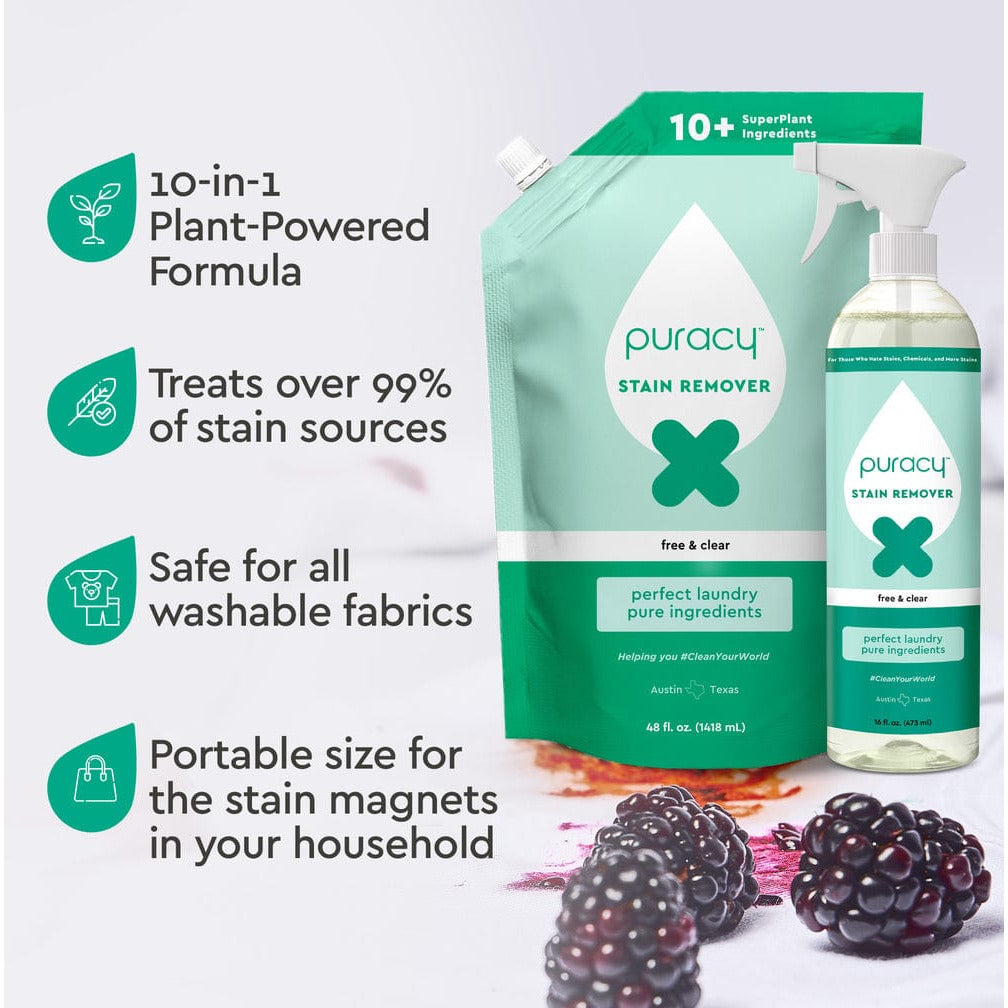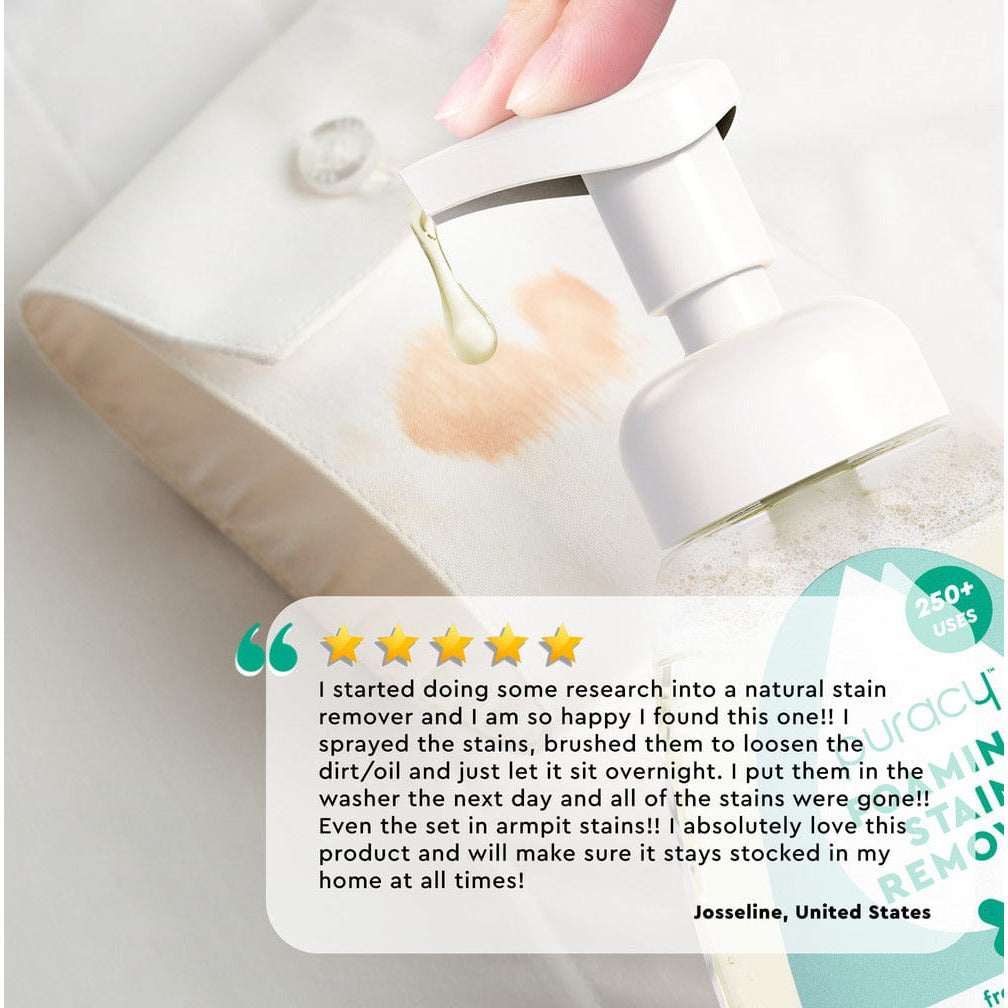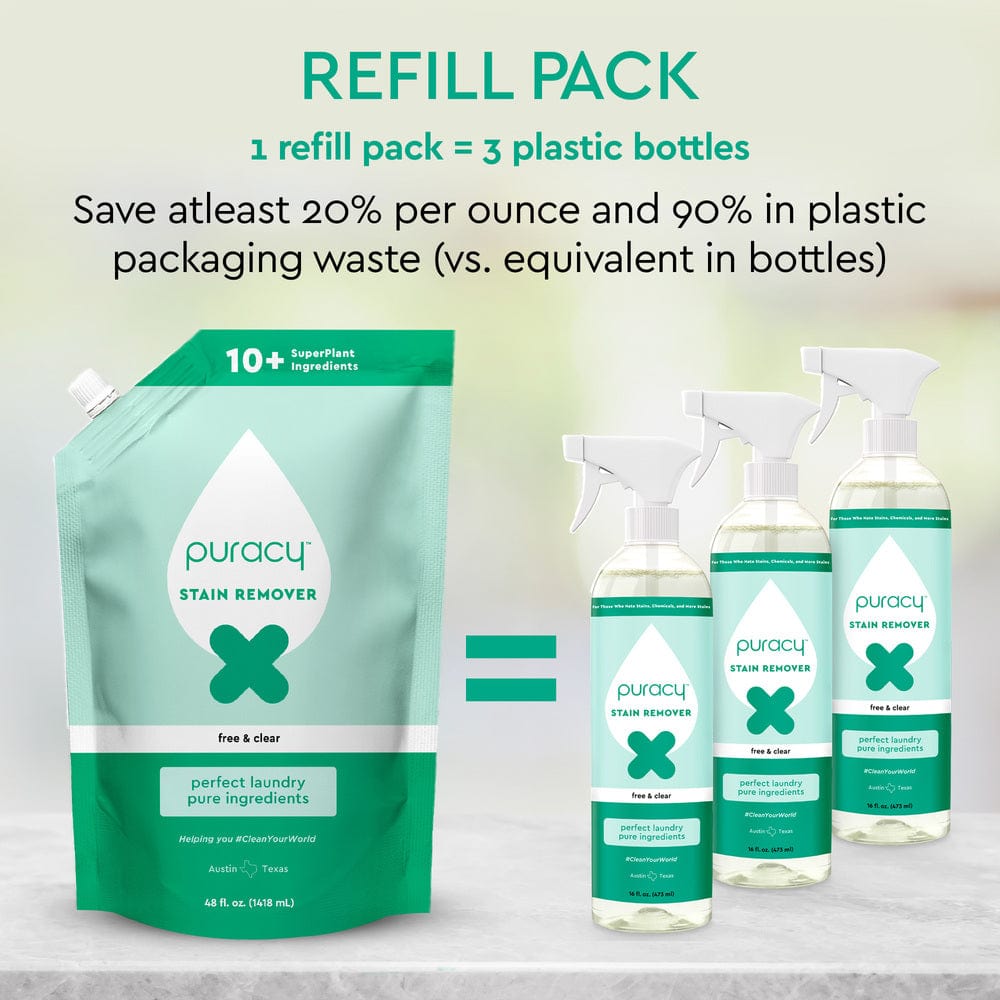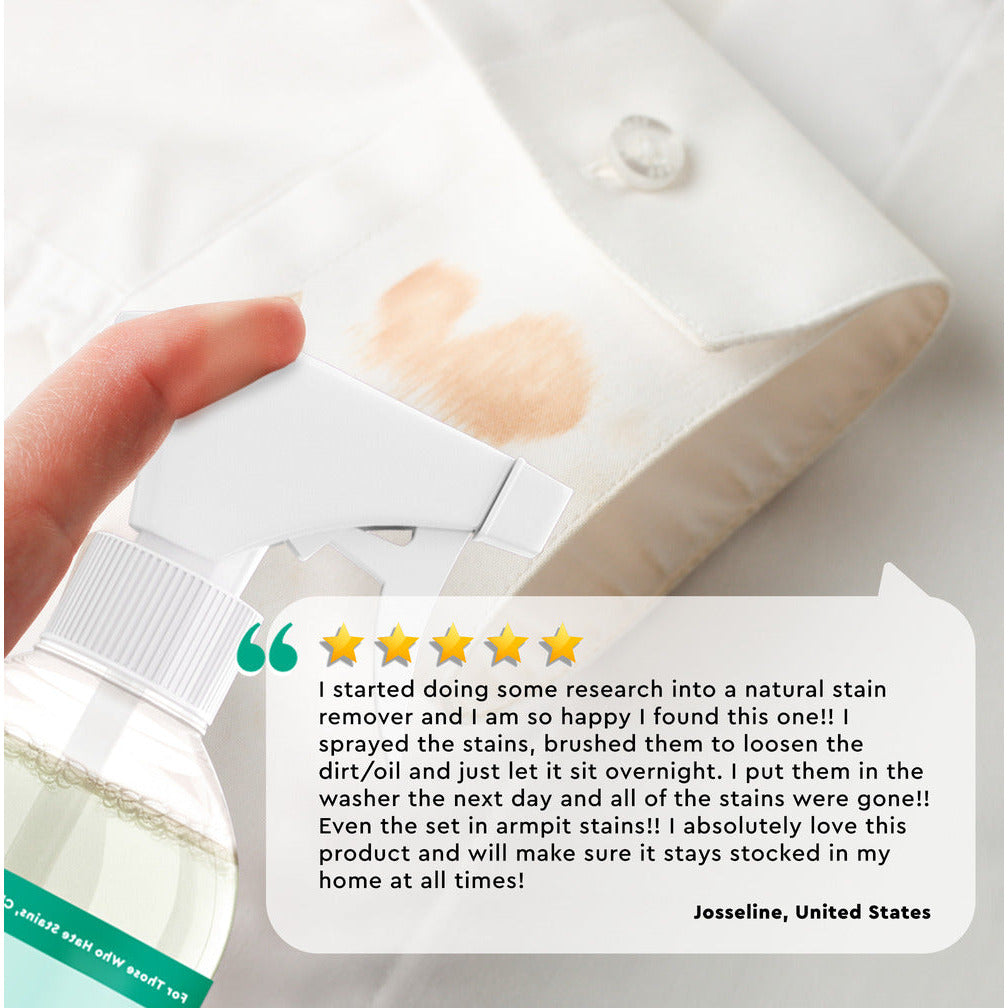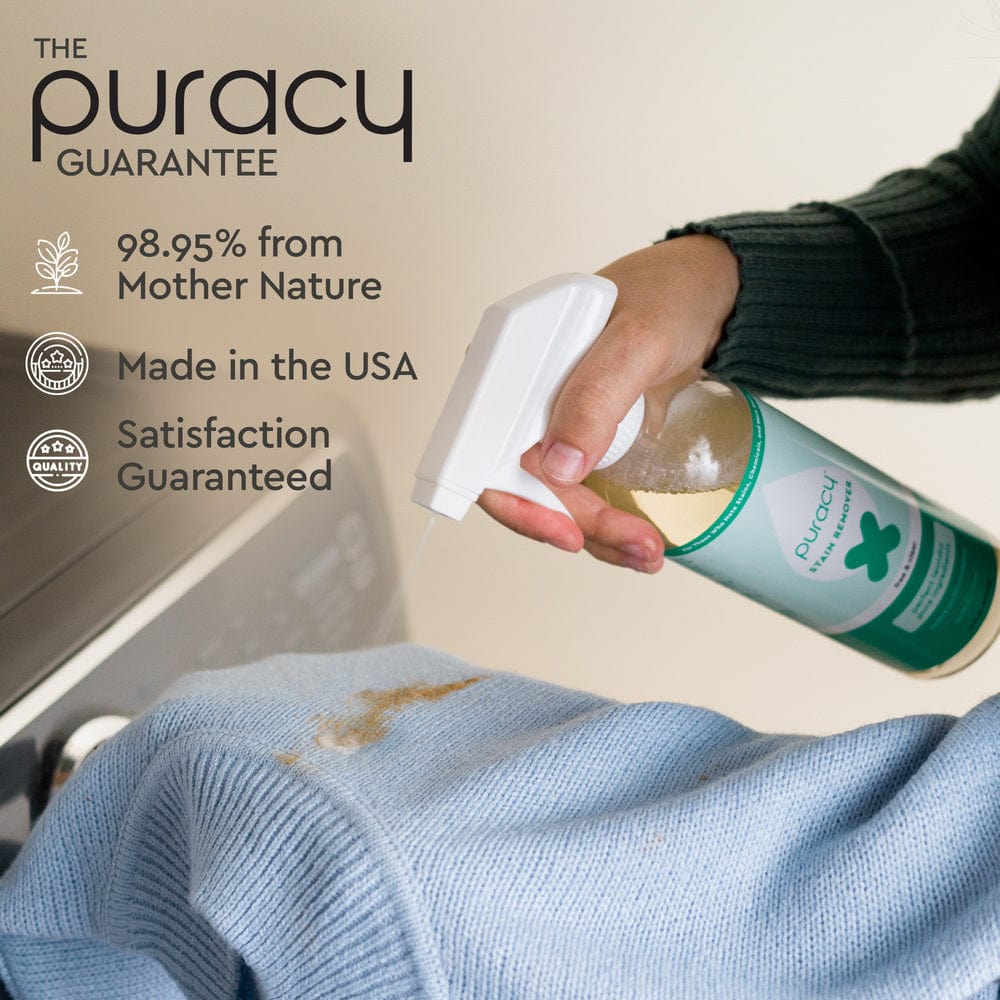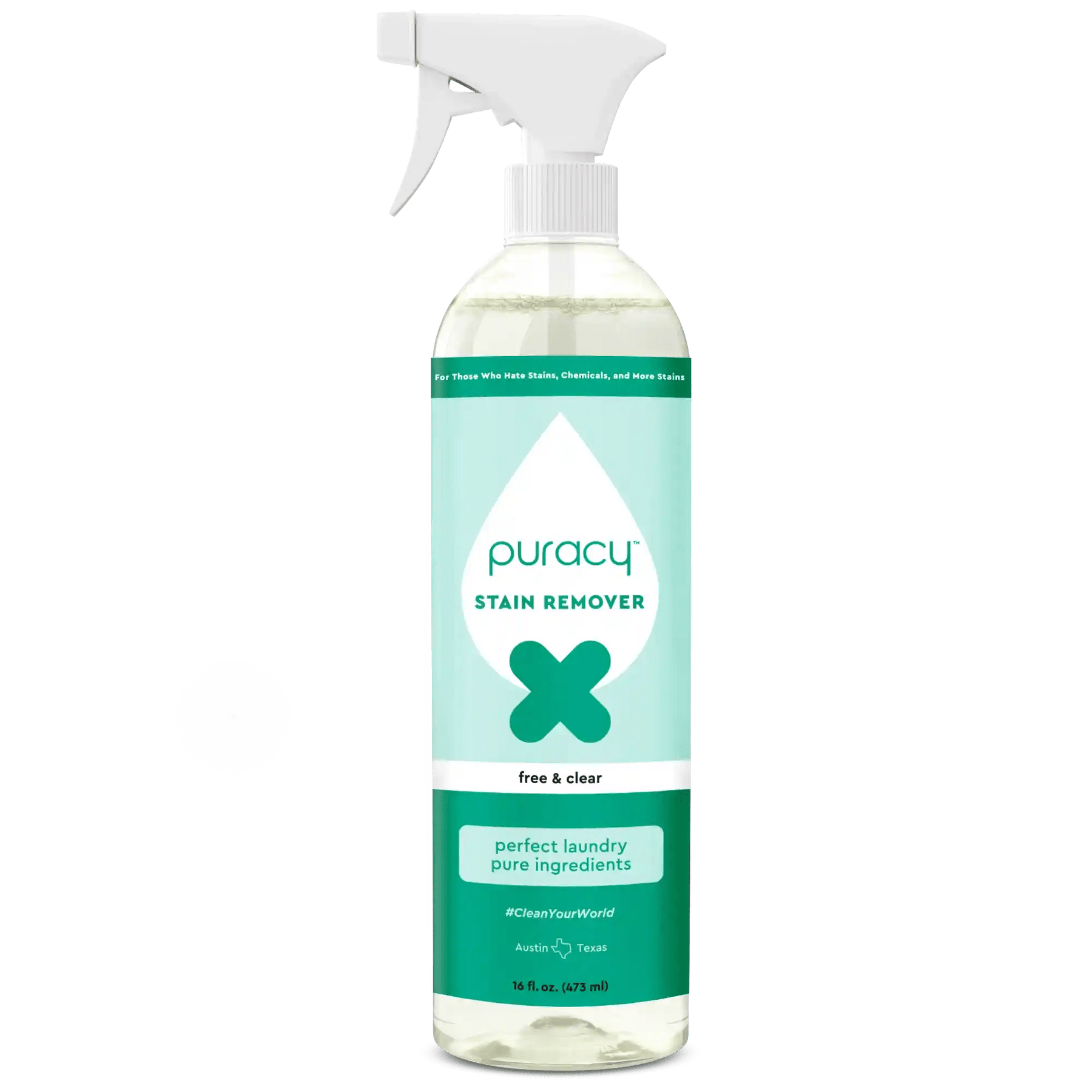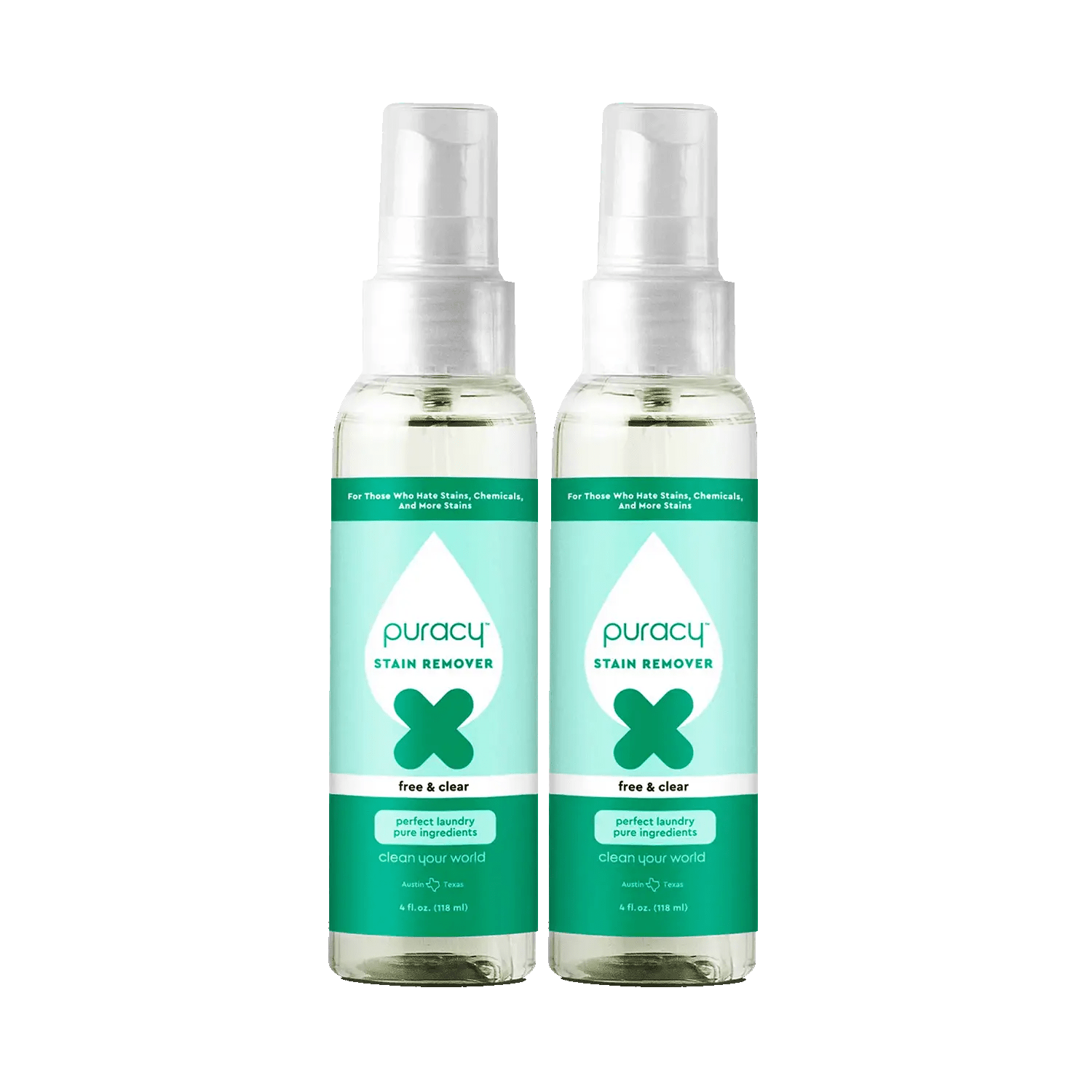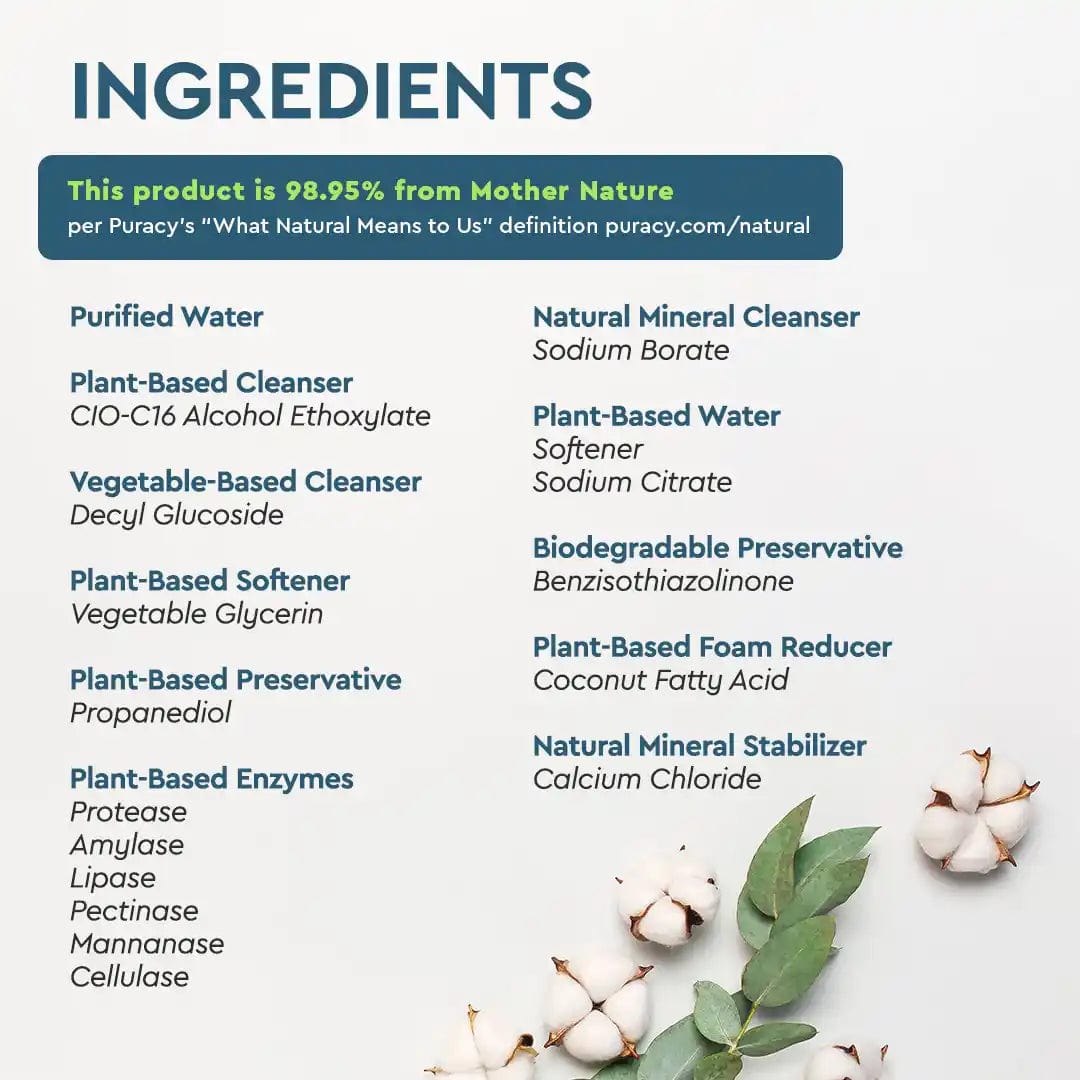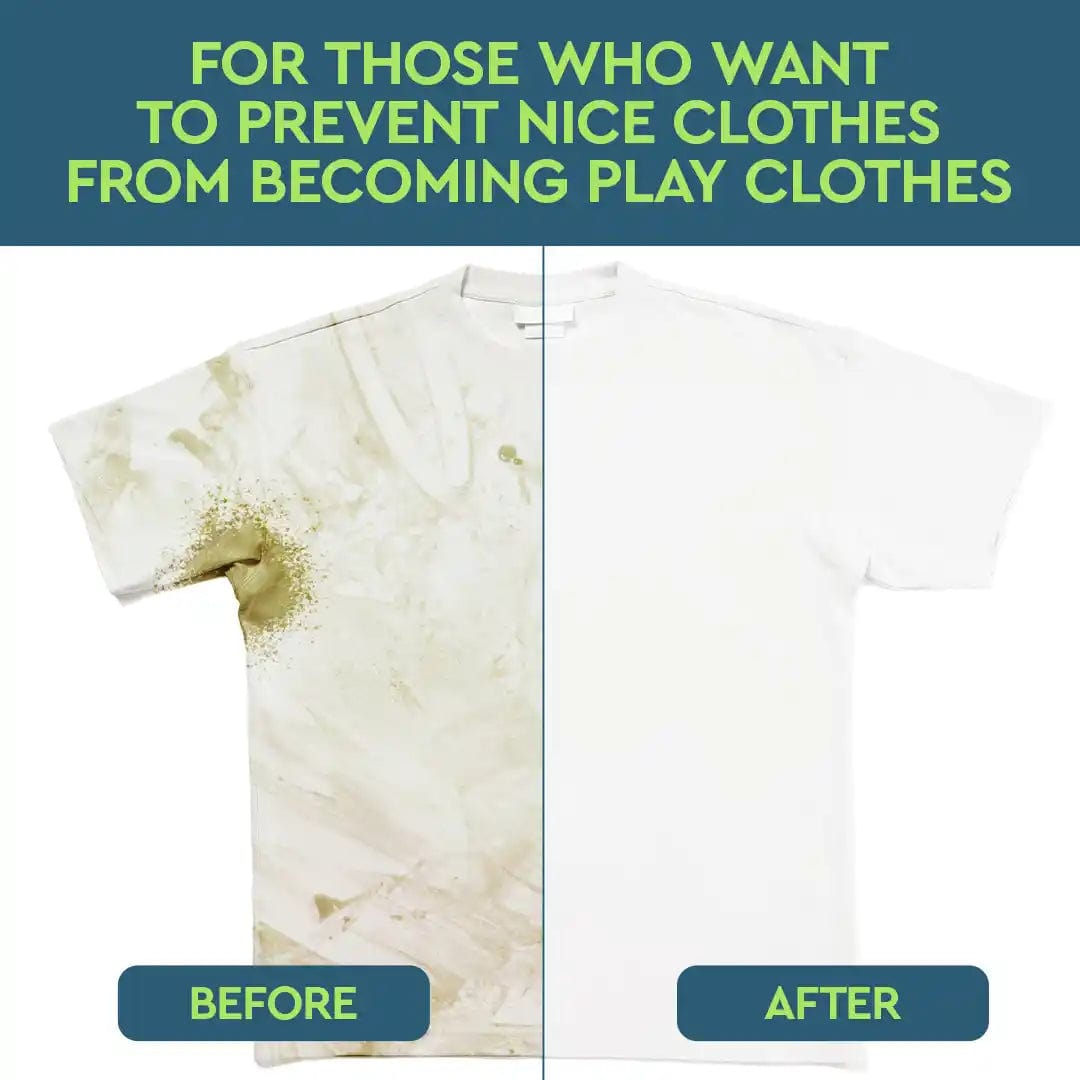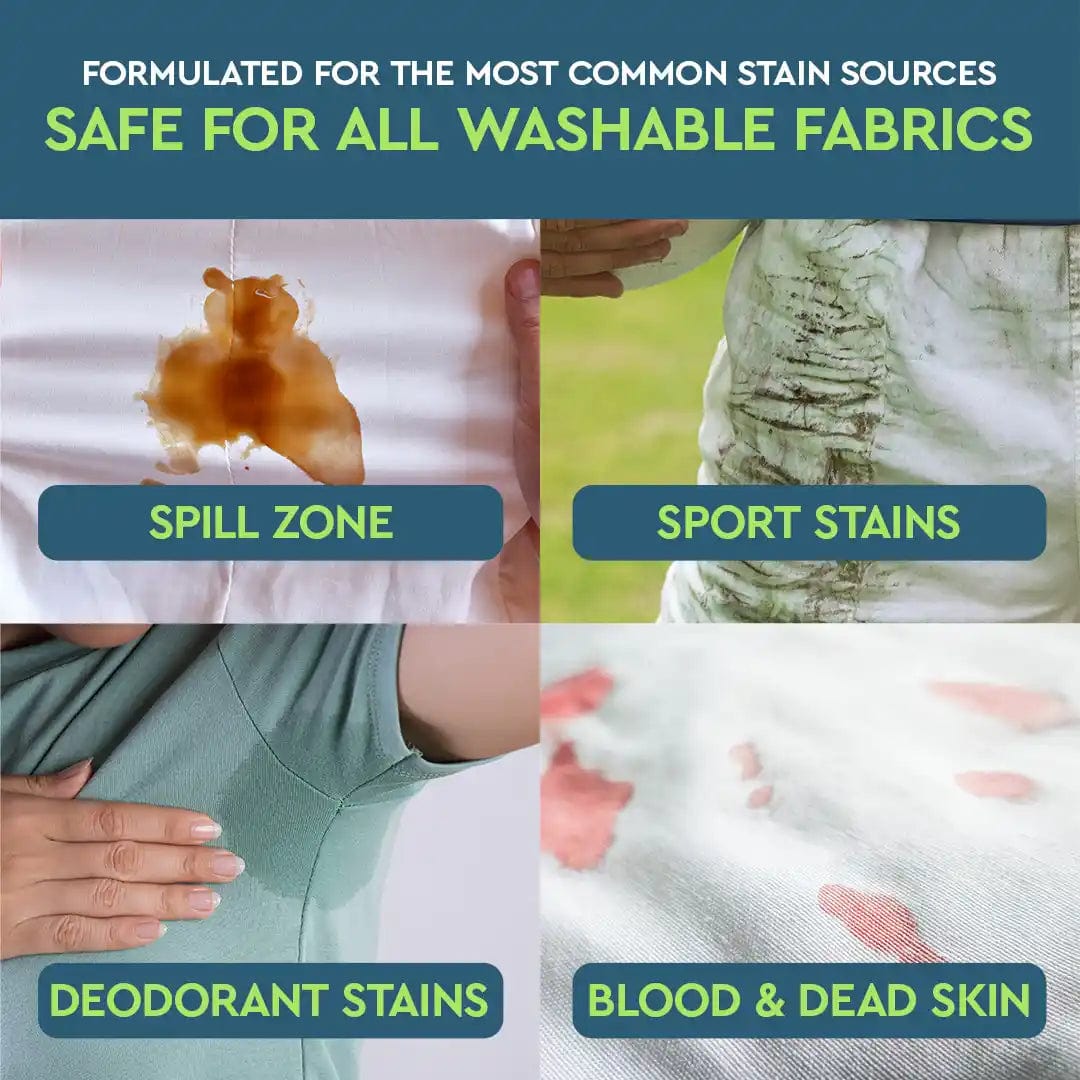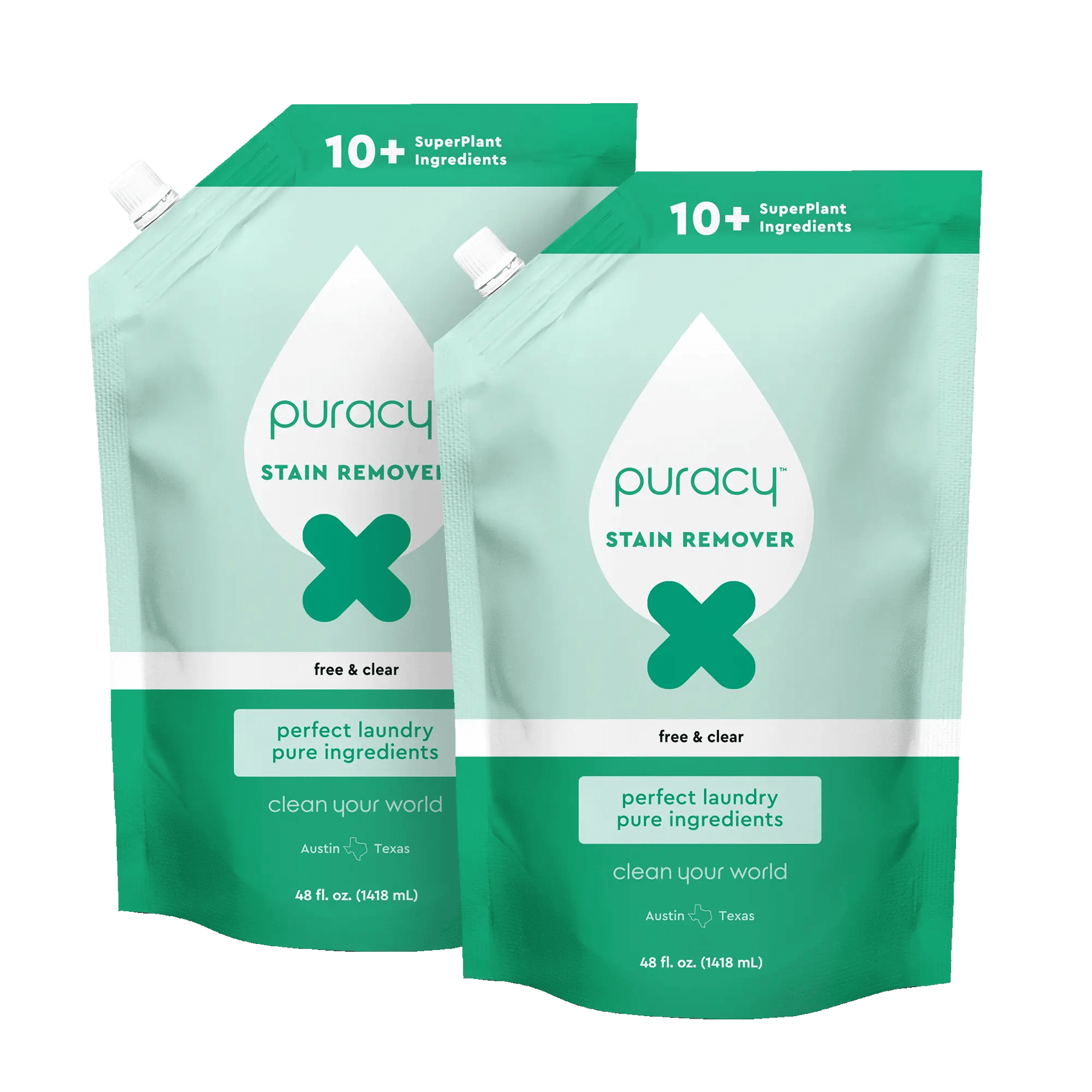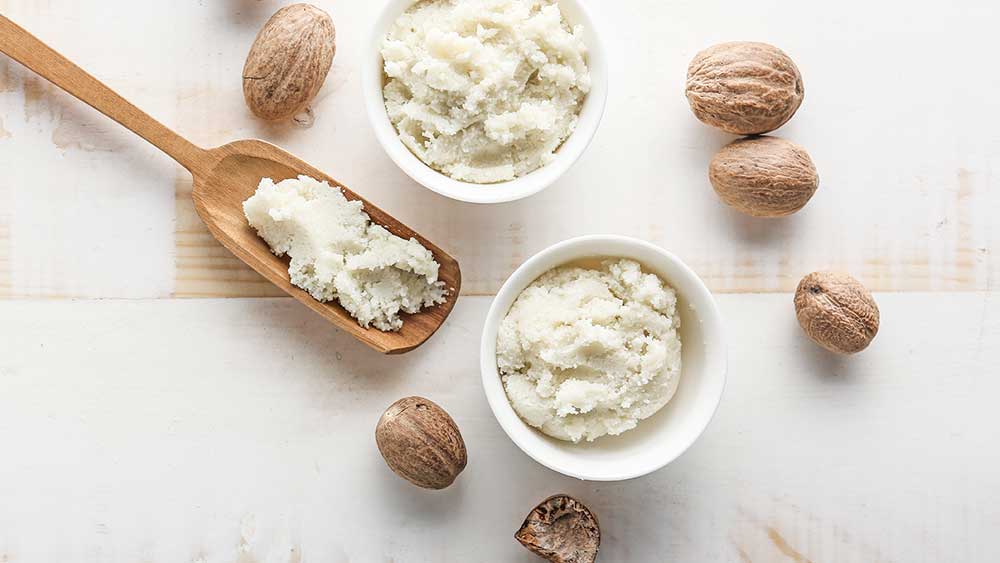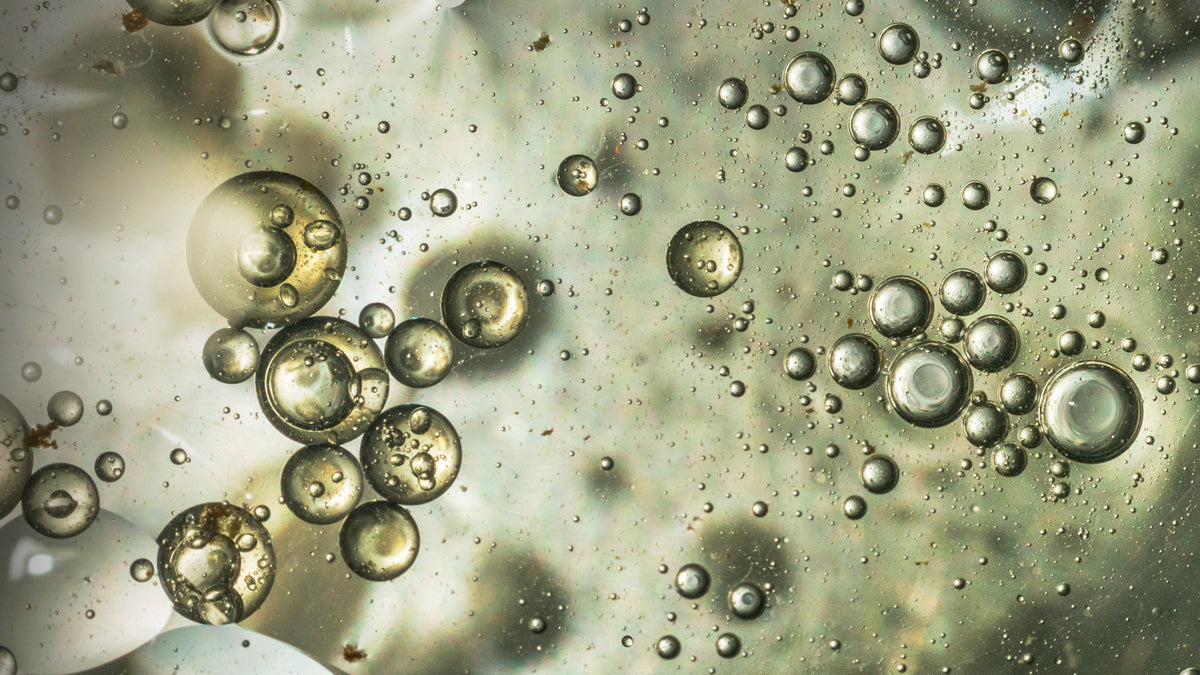What is sodium methyl cocoyl taurate? Discover how it’s made, whether it comes with side effects, and why Puracy uses this ingredient in our products.
- Type: Synthetic, Biodegradable
- Other names: N-Methyl-N-Coconut Acid Taurate, Sodium N-Cocoyl-N-Methyl Taurate, Sodium Cocoyl Methyl Taurate
What Is Sodium Methyl Cocoyl Taurate?

Sodium methyl cocoyl taurate is the salt derived from coconut fatty acid amide of N-methyltaurine. It is a soft white paste that is prized as a gentle foaming surfactant.[1,2]
It is also known as N-Methyl-N-Coconut Acid Taurate and is often used in skin cleansers and moisturizers. As a cleansing ingredient, it’s known to be mild and gentle but effective in foaming and moisturizing the skin.
What Does Sodium Methyl Cocoyl Taurate Do?

Sodium methyl cocoyl taurate is a surfactant that allows water and oil to mix, thus improving the cleaning process. It also acts as a natural foaming agent and is an excellent alternative to silicones.
This ingredient can be found in hundreds of personal care products such as shampoo, facial cleanser, body wash, acne treatments, toothpaste, hand soap, and other products.[1] Primary uses include:
It is a mild and effective cleanser that can remove dirt, oil, and makeup without stripping the skin's natural oils.
It produces a rich, creamy foam that is gentle on the skin.
It is a humectant, which means that it helps to attract water to the skin. This can help to keep the skin hydrated and prevent it from drying out.
It reduces the surface tension of liquids, allowing water and oil to mix more effectively. This property makes it easier to remove dirt and sebum from the skin and hair during cleansing.
It can act as an emulsifier, helping to stabilize the mixture of oil and water-based ingredients in cosmetic formulations. It allows the formulation of creams and lotions with a smooth and uniform texture.
How Sodium Methyl Cocoyl Taurate Is Made

Sodium methyl cocoyl taurate is made by reacting coconut fatty acids with either taurine, N-methyltaurine, or a taurate salt. This is typically done by heating these ingredients with boric acid to 200º C (while stirring with a subsurface nitrogen purge) to distill water. When cooled, the waxy solid is ground into a powder.[3]
Sodium methyl cocoyl taurate may also be created by dissolving taurine in a mixture of water, isopropyl alcohol, and sodium hydrate. Lauric acid chloride and a sodium hydrate solution are then stirred into the solution, followed by hydrochloric acid and a calcium chloride solution. The white substance is then filtered, dried, and pulverized.
Often, sodium methyl cocoyl taurate is sold as a mixture containing sodium chloride and water.[7]
Is Sodium Methyl Cocoyl Taurate Safe for Hair & Skin?

Chemists and dermatologists categorize SMCT as a mild surfactant. Its chemical structure makes it a gentle cleanser. Surfactants can be harsh, but SMCT will not strip the skin off its natural oils or lead it to dryness and irritation.
Common Concerns
- Cancer: Low risk
- Allergies and Immunotoxicity: Low risk
- Development and Reproductive Toxicity: Low risk
- Use Restrictions: Low
Safe concentration
The Cosmetics Ingredient Review (CIR) has deemed sodium methyl cocoyl taurate safe for use in cosmetic products “when formulated to be non-irritating.”[7] This same scientific panel that evaluates the safety ingredients used in cosmetics says SMCT is safe for use at concentrations of up to 10%. However, it also states that the ingredient is typically used at lower concentrations of 1-5% in skin care products.
The Environmental Working Group scores SMCT with a “low” rating on common concerns like cancer, allergies and immunotixicity, developmental and reproductive toxicity, and use restrictions or prohibitions. It also scored a 1 on the hazard scale, which means it has low impact on human health.
Whole Foods has deemed the ingredient acceptable in its body care quality standards. [4] Research shows the ingredient is typically not a skin irritant or sensitizer.[5,6,7,8]
Is It Safe in Skincare Products?
Existing research suggests that sodium methyl cocoyl taurate is a safe and effective ingredient for skin care products. It is found in facial cleansers, moisturizers, toners, exfoliating scrubs, sunscreens, baby products, and make up removers.
CIR has concluded that sodium methyl cocoyl taurate is safe for use in cosmetics, even for people with sensitive skin. It also stated that this ingredient is not likely to cause allergic reactions.
Is It Safe in Haircare Products?
Sodium Methyl Cocoyl Taurate is used in a variety of hair care products, including adult and baby shampoos, conditioners, and styling products. It is also used in hair color, hair bleaching products, and hair loss treatments.
It effectively cleanses the scalp and hair without causing excessive dryness or damage. It is particularly beneficial for those with dry or damaged hair.
It helps retain moisture and maintain a healthy appearance. If you have tangled hair, mostly unmanageable and prone to frizz, you can look for this ingredient in your shampoo.
Sources
[1] Environmental Working Group
[2] McKinley Resources, Inc./Chemberry
[3] Personal Care Council
[4] Whole Foods Market
[5] Anonymous. 2015. “Summary of eye and skin irritation tests of Sodium Methyl Cocoyl Taurate.” Unpublished data submitted by Personal Care Products Council
[6] European Chemicals Agency (ECHA). Sodium methyl cocoyl taurate.
[7] European Chemicals Agency (ECHA). “Fatty acid chlorides, C18 unsatd., reaction products with sodium N-methyltaurinate.”
[8] CRODA Europe Limited. 2015. “Chemical safety report: Ethanesulfonic acid, 2-(methylamino)-, N-coco acyl derivs., sodium salts (Sodium Methyl Cocoyl Taurate).” Unpublished data submitted by Personal Care Products Council

